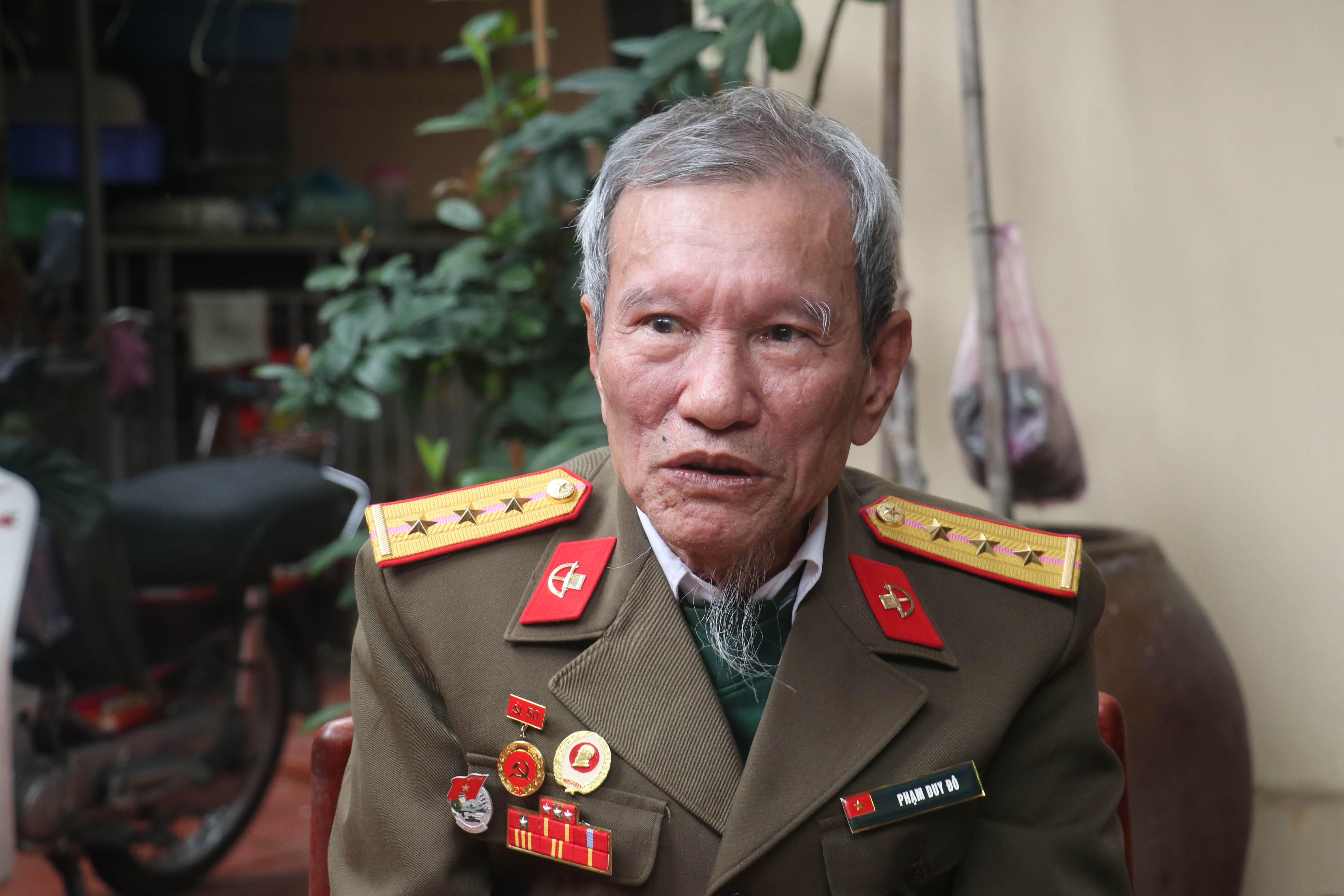
50 years have passed, veteran Pham Duy Do, born in 1950, from Thai Binh province, still remembers clearly the moment he and his comrades directly guided the tank of Captain Bui Quang Than into the Independence Palace on April 30, 1975, participating in the arrest of President Duong Van Minh and the cabinet. Mr. Do was also the one who raised the liberation flag on the 2nd floor of the Independence Palace.
"Humpback" Dollar
In 1969, when he was just 19 years old, young Pham Duy Do volunteered to join the army. With a talent for swimming, he was selected to join the Special Forces and trained in the water special forces unit.
After 6 months of training, Mr. Do was selected by the Battalion as one of 6 model swimmers at Army School 1 (Son Tay). In 1971, Mr. Do was honored to participate in a rehearsal to serve Prime Minister Pham Van Dong and General Vo Nguyen Giap to welcome Cuban leader Fidel Castro and the Polish General Secretary .
He and his teammates demonstrated special water combat techniques, swimming across the Red River, approaching Gia Lam airport, and performing special combat situations. The impressive performance was met by Cuban leader Fidel Castro who came to shake hands and praise the spirit and talent of the Vietnamese special forces soldiers.
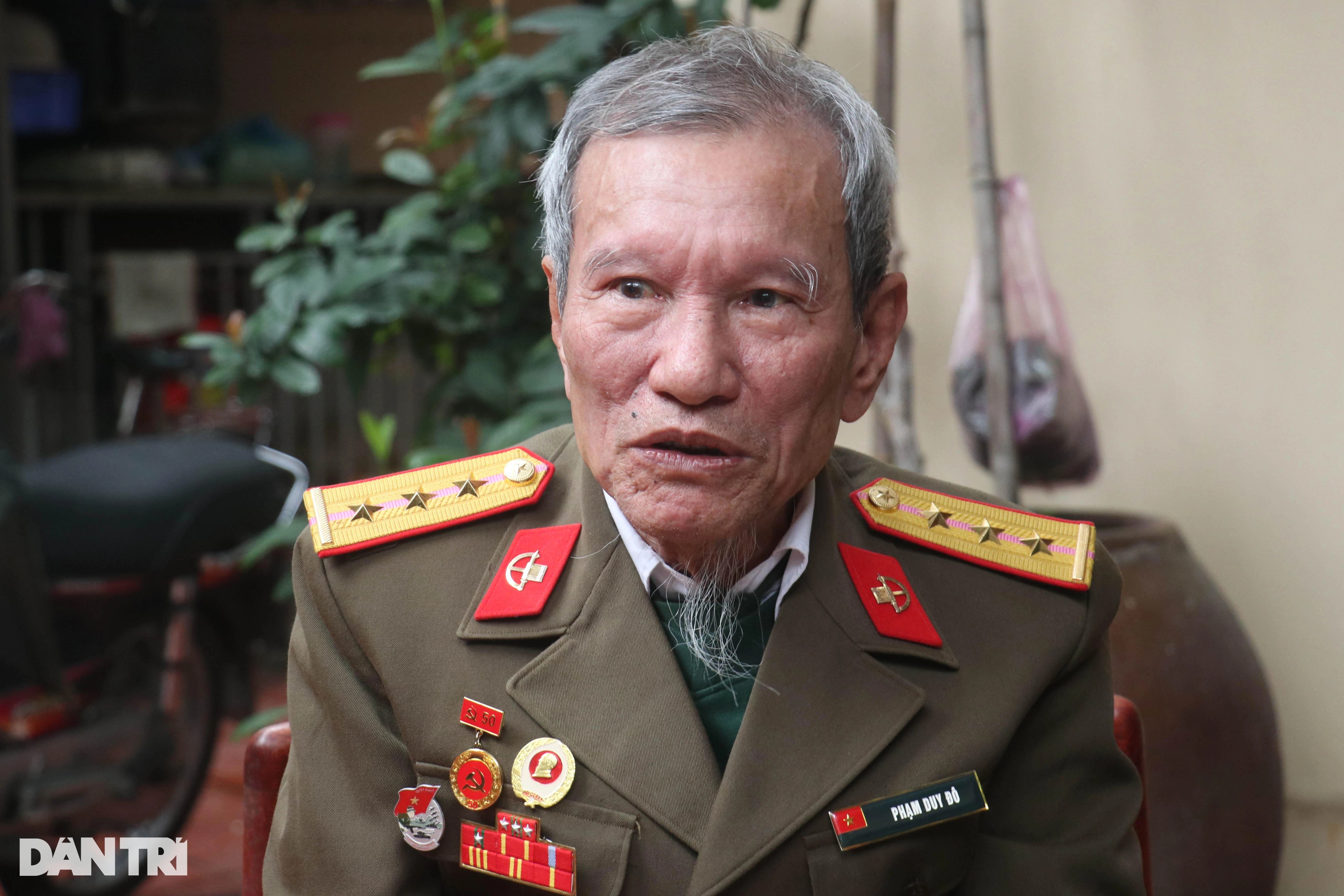
Veteran Pham Duy Do recounts the times he was assigned tasks by his superiors and the battle at Long Binh depot (Photo: Dang Duc).
In May 1971, Pham Duy Do and his teammates were assigned to protect and guide 24 Laotian and Cambodian students who had just graduated from Vietnamese medical universities across Truong Son to hand over to their host country. Mr. Do and his teammates successfully completed the assigned mission after nearly 5 months of facing numerous difficulties.
After completing his mission, Mr. Do did not return to the North but continued to fight in the Southeast battlefield. He was assigned to Company 1, Battalion 19, Regiment 116, Southeast Special Forces, and together with his teammates directly conducted reconnaissance, research, and participated in dozens of important battles.
Mr. Do remembers most in 1972, as Deputy Company Commander, he commanded the company to attack Long Binh warehouse with 2 other attack prongs.
According to Mr. Do, when the reconnaissance teams broke into the Long Binh warehouse, they discovered that the warehouse doors were all made of steel, making it very difficult to access. After conducting field research, he and his teammates came up with the idea of attacking the warehouse through the ventilation holes.

Souvenir photo of Mr. Pham Duy Do with General Vo Nguyen Giap and Mr. Do's certificate of merit for destroying three bomb and ammunition warehouses in Long Binh rear base on August 13, 1972 (Photo: Dang Duc)
"We broke into the place, tied a thread to a brick and dropped it down the vent to measure the depth. We asked our superiors to sew the statue's inside out of nylon, drop it down the vent, then pour explosives into the statue's inside, and set a timer. After completing the mission, we retreated to the base and heard a loud explosion from the Long Binh warehouse. In this battle, our army won a great victory," Mr. Do recalled.
Talking about the nickname Do "Hunchback", Mr. Do said that in October 1973, he was the Captain of Company 1, Battalion 119, Regiment 116, Southeast Special Forces Division, commanding the unit to capture the enemy's 43rd Battalion stationed in Bien Hoa. He was shot in the thigh by an enemy bullet, had his spine crushed by a tree, and was unconscious.
His comrades thought he had died so they took him to a nearby stream to bury him the next morning. But at midnight, the cold mist woke him up and his comrades took him to the rear for treatment. After only a few months of treatment, his wounds healed but his spine became lumpy. That's where the nickname "Hunchback" Do came from.
Breaking into Saigon
At the end of 1973, Senior Lieutenant General Tran Van Tra, then Commander of the Southern Liberation Army, and Regiment Commander Vo Tan Sy directly assigned the task to special forces soldier Pham Duy Do and two excellent fighters, Do Duc Toc and Le Huy Hoat, to infiltrate Saigon city, conduct research, and draw a battle map of the Independence Palace and surrounding targets.
With the help of the inner-city revolutionary base, the reconnaissance team of Mr. Pham Duy Do and his teammates took advantage of the underground sewer system, pretending to be wounded Republic of Vietnam soldiers, secretly monitoring and collecting information to draw a detailed map of the Independence Palace.
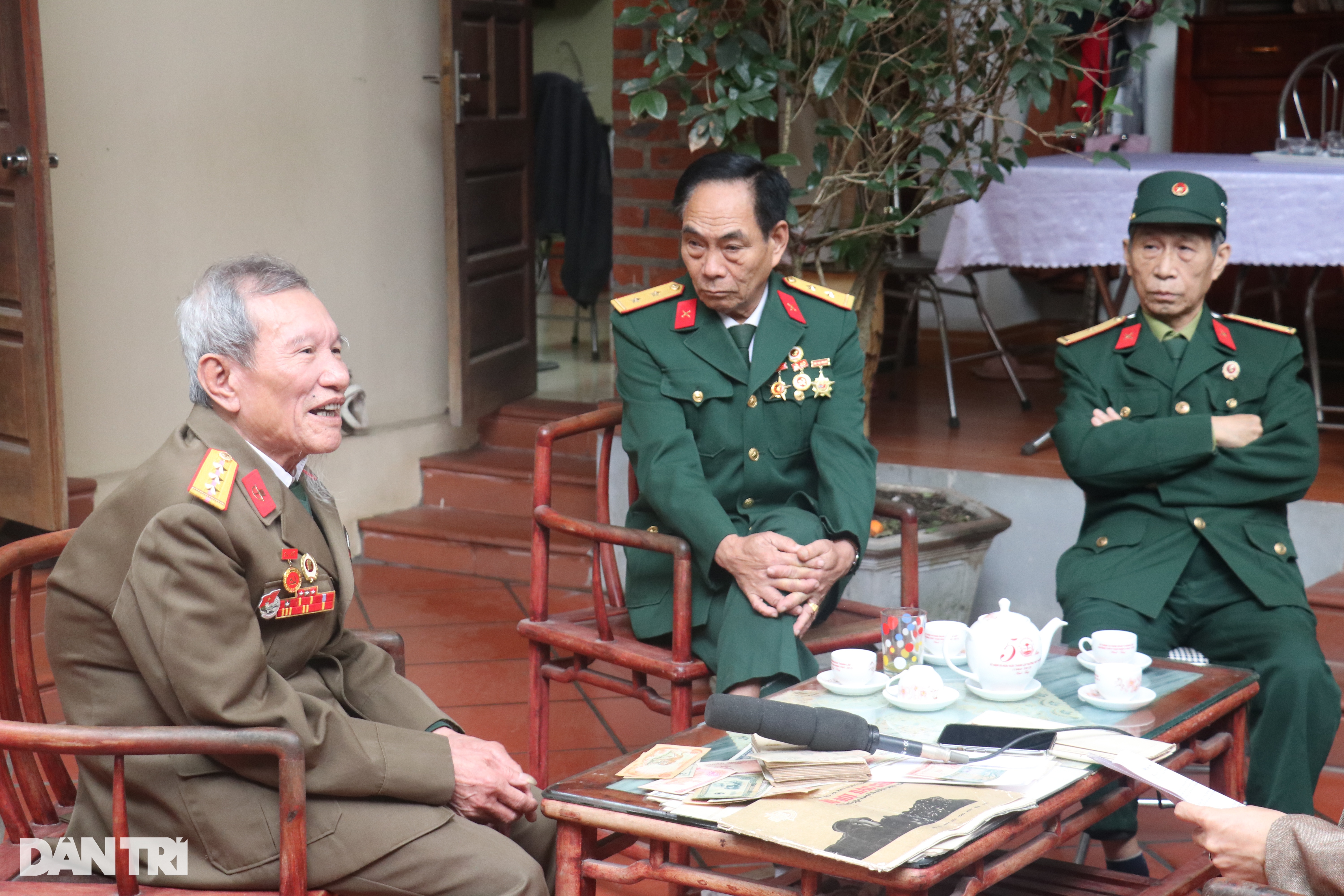
Mr. Do and veterans recall memories of the historic day of April 30, 1975 (Photo: Dang Duc).
After nearly half a month, Mr. Pham Duy Do and his teammates successfully completed their mission, providing extremely valuable information for the historic Ho Chi Minh Campaign in 1975.
Mr. Do recalled: "During the day, I walked around the Independence Palace, counting my steps as I walked. Wherever I went, I had to observe, remember where the enemy deployed their forces, where the watchtowers were? What was it like? Quang Trung stronghold, Thu Duc stronghold, and then the embassy stronghold. I had to remember to draw it again."
Flag Raising at Independence Palace
On March 31, 1975, the Politburo decided to launch a general offensive and uprising to liberate Saigon as soon as possible, with the guiding ideology of "speed, boldness, surprise, and sure victory".
In this campaign, the special forces were assigned the extremely important task of coordinating to capture and protect a series of key bases at 14 gateways to Saigon, waiting for our main army to join in the fight, completely liberate the South, and unify the country.
In late April 1975, Company 1, Battalion 19, Regiment 116, Southeast Special Forces were ordered to attack the Long Binh depot in the South, occupy and hold the Bien Hoa highway bridge.
In particular, Mr. Do's unit had to carry out the task of occupying and protecting Dong Nai bridge, one of the 14 gateways leading directly to Saigon, waiting for our main army to enter.
At this point, the enemy began to consider the final plan of destroying the bridge if they could not stop our troops. The Republic of Vietnam soldiers planted 7 bombs at the foot of the bridge, ready to detonate if they could not hold the bridge.

Special Forces Captain Pham Duy Do (holding the flag) during the historic days of April 1975 (Photo: Document).
Mr. Do recounted: "I was directly assigned the task of destroying the power station with the goal of cutting off the remote detonator of the bomb hidden at the foot of the bridge. At dawn on April 28, 1975, I brought a gun, along with 5 5kg explosives, placed them on a buoy, tied them to my back, and secretly swam to the other side, successfully destroying the power station."
On the morning of April 30, 1975, tanks of the 203rd Armored Brigade of the 2nd Corps arrived at Dong Nai Bridge. The 116th Regiment decided to leave a special forces battalion to guard the bridge, while the remaining forces organized to follow the tanks into Saigon.
When our tanks arrived, an officer commanding the eastern wing asked: "Do any of you special forces know the way to the Independence Palace?" Regiment Commander Vo Tan Sy reported to his superiors that Captain Pham Duy Do, Team 1's captain, had been given the secret mission to study the entire Independence Palace and all targets near Saigon.
After that, the commando unit coordinated with the 203rd Armored Brigade and soldier Pham Duy Do was allowed to sit in the same tank with Captain Bui Quang Than. At around 11:00 a.m. on April 30, 1975, the 203rd Brigade's tank column entered the Independence Palace.
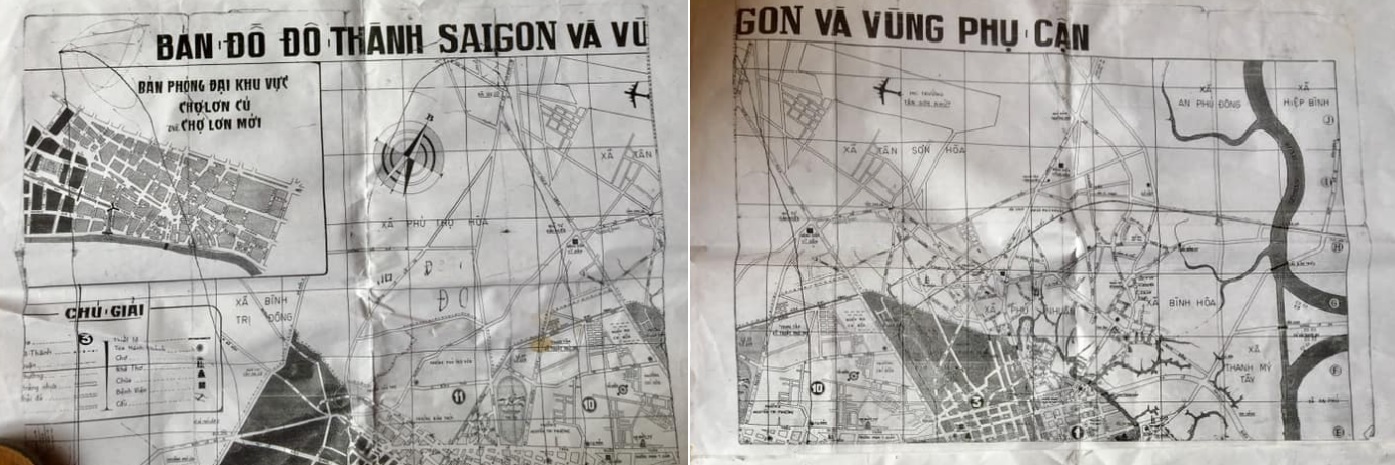
The map of Saigon and its surrounding areas is carefully kept by Mr. Do (Photo: Provided by the character).
When the tank crashed through the gate of the Independence Palace, Mr. Pham Duy Do and his comrades jumped down, holding AK guns and entered. At this time, the entire Saigon government cabinet was sitting around the oval table.
"When I pulled the curtain of the meeting room, I saw the entire cabinet of Mr. Duong Van Minh sitting inside. I pointed my gun and shouted: "You are surrounded. Put down your guns, stand up and surrender, no one is allowed to move". After that, I assigned comrade Pham Huy Nghe to stand guard", Mr. Do recounted.
On the way up to the second floor of the Independence Palace, Mr. Do saw a pole, so he took the flag out of his pocket, attached it to the pole, ran out to the balcony and waved the flag continuously, signaling safety for our army to continue advancing.
After signaling our troops to move in, Mr. Do went downstairs to meet an officer and shouted: "Report to the chief. I - Captain Pham Duy Do, the special forces unit has completed the mission. Please come in and resolve this."
At exactly 11:30 a.m. on April 30, 1975, the flag of the National Liberation Front of South Vietnam flew over the roof of the Independence Palace. The Ho Chi Minh Campaign was a complete victory, liberating the South and unifying the country.
After the country's reunification, Mr. Do was assigned to work in military administration in Thu Duc. In 1983, Mr. Pham Duy Do returned to his hometown to retire from disability and receive the 2/4 disabled soldier's benefits.
With his contributions, he was awarded many noble awards by the State: 2 Second Class Military Exploit Medals, First Class Military Exploit Medals, American Destroyer, Mechanized Destroyer, Second and Third Class Liberation Soldier Medals...
Source: https://dantri.com.vn/xa-hoi/gap-nguoi-linh-dac-cong-phat-co-giai-phong-tren-tang-2-dinh-doc-lap-20250419130717625.htm



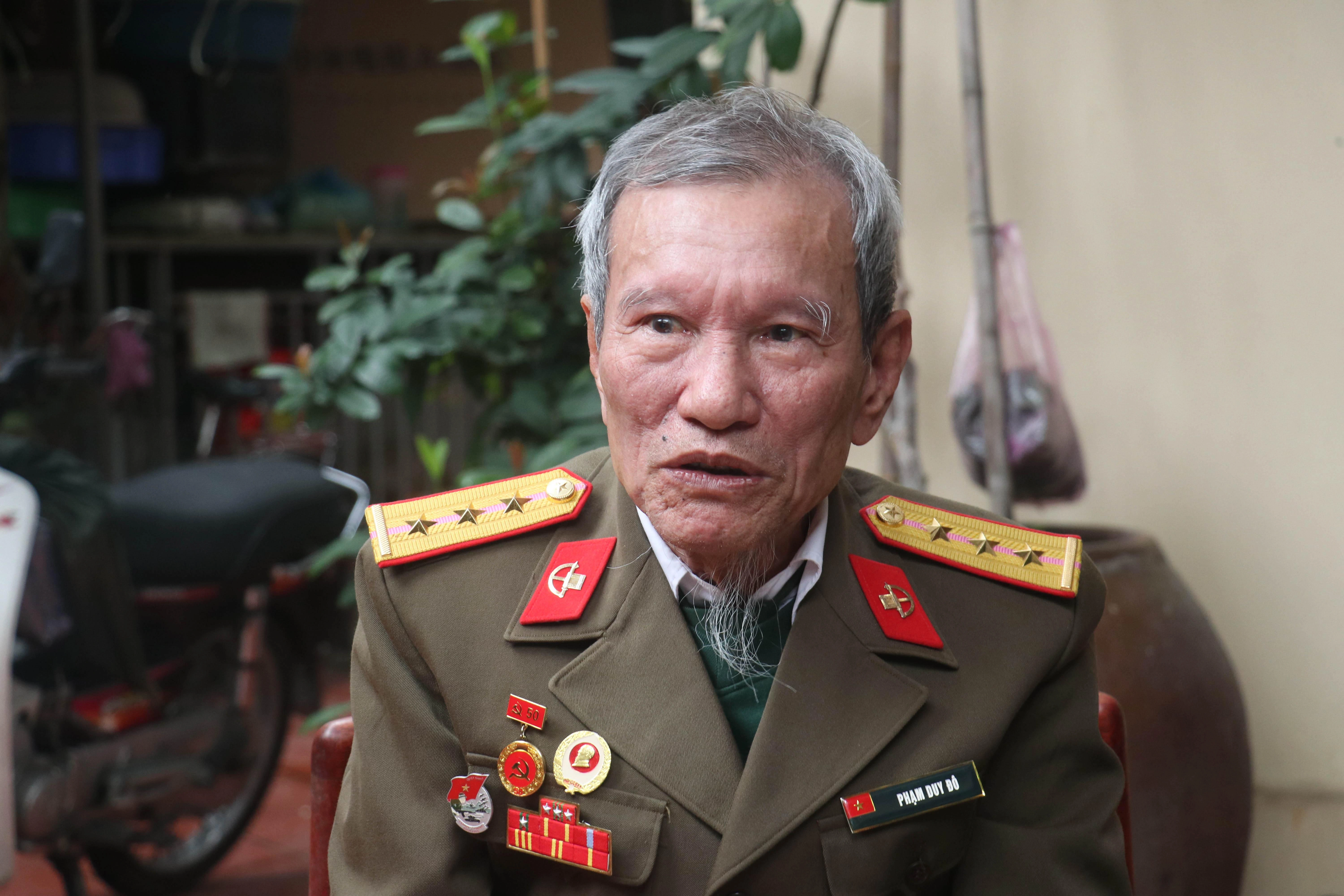
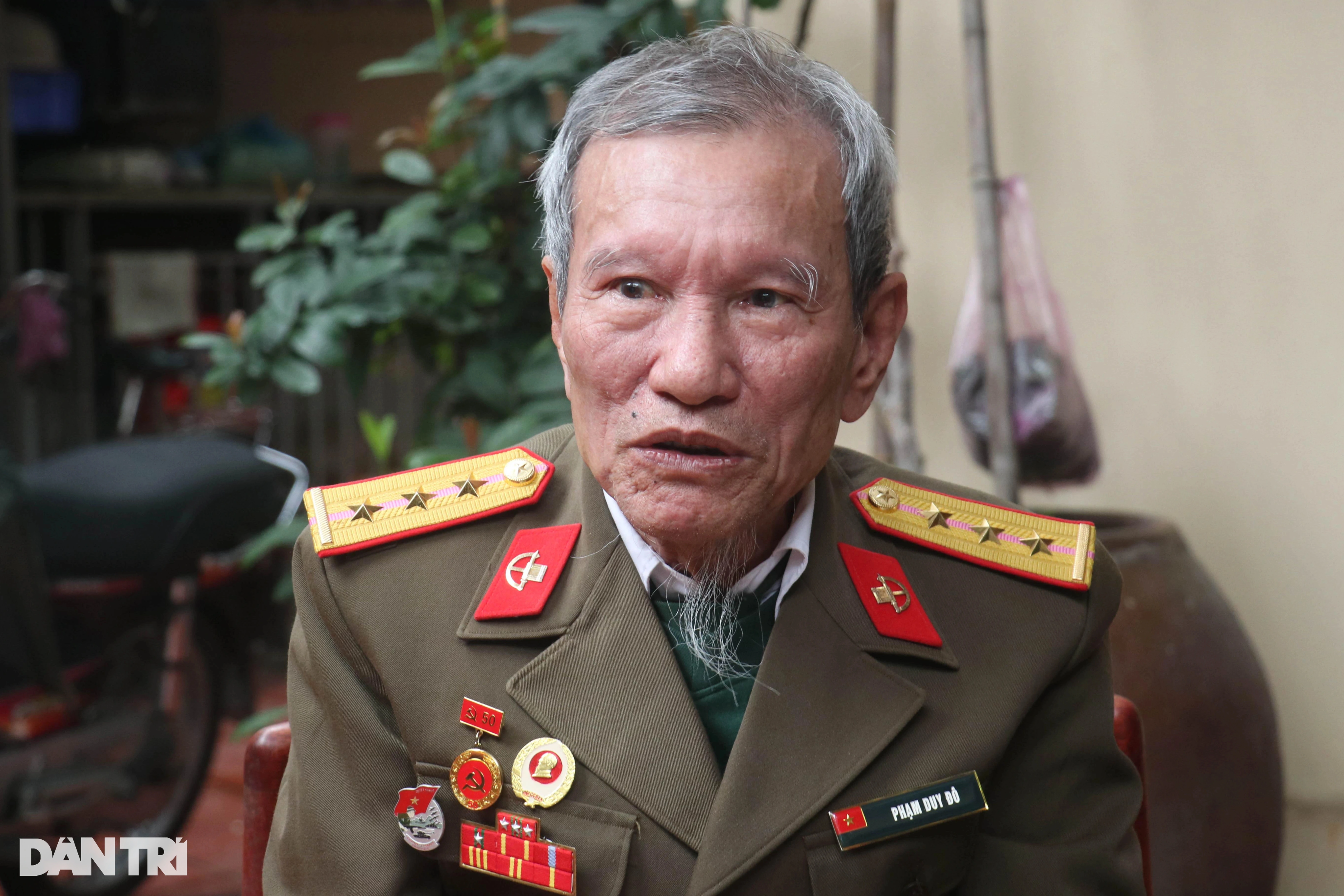

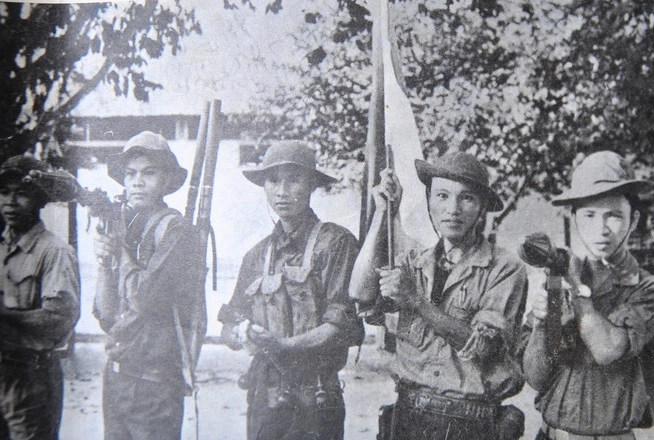
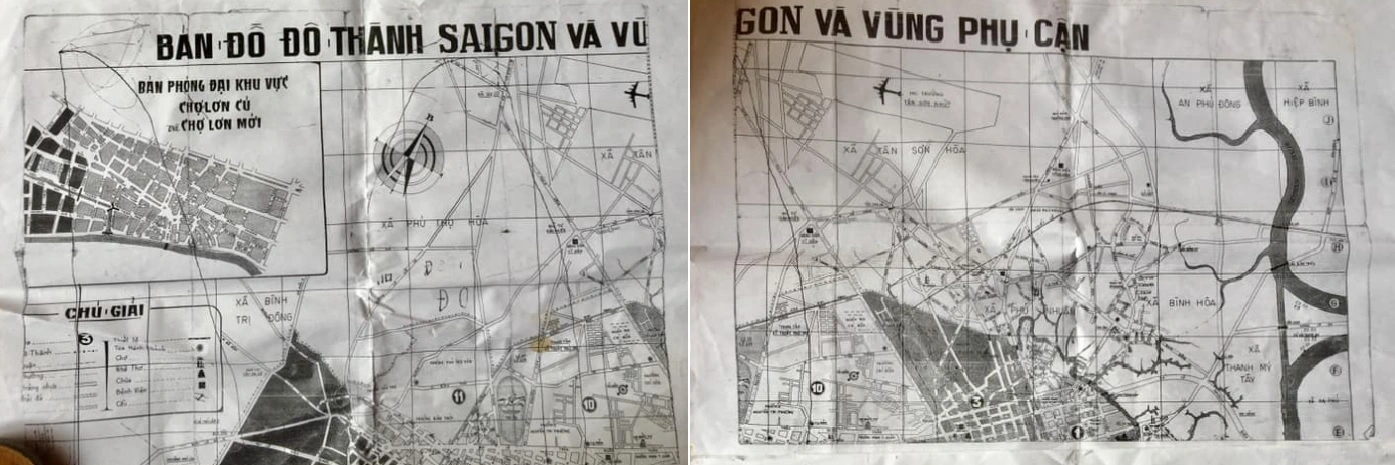

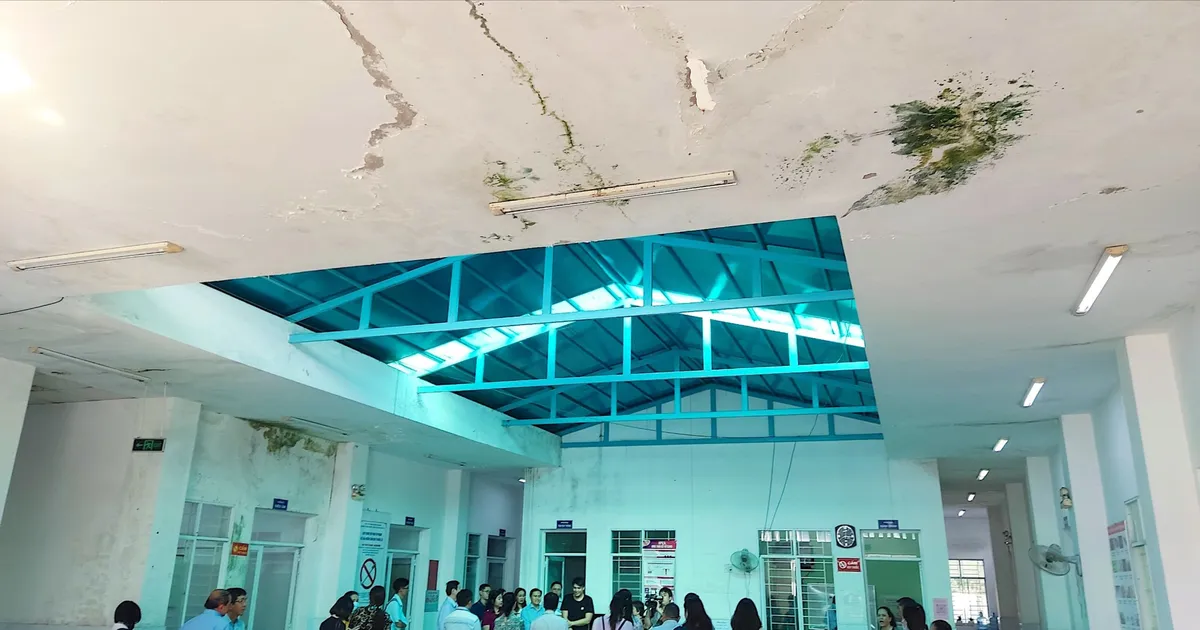
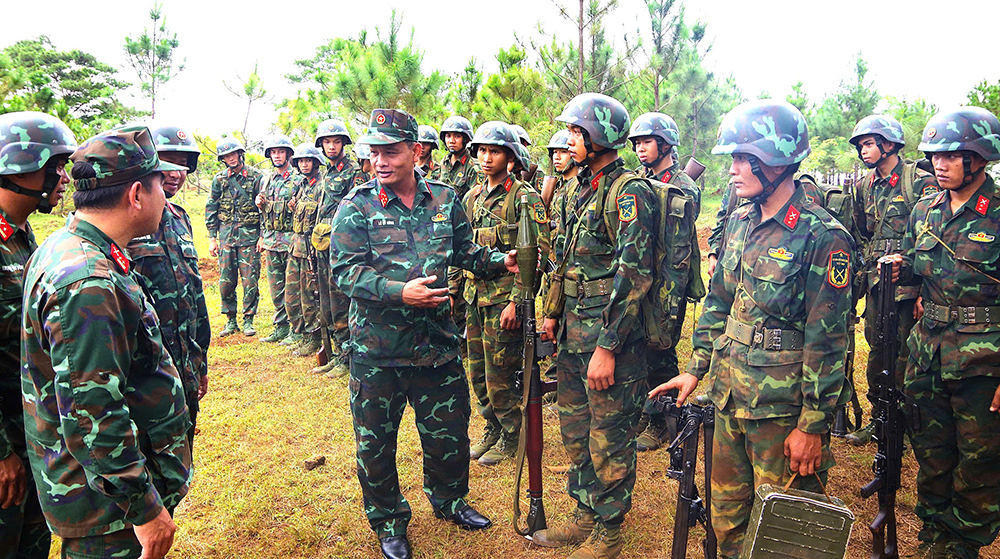
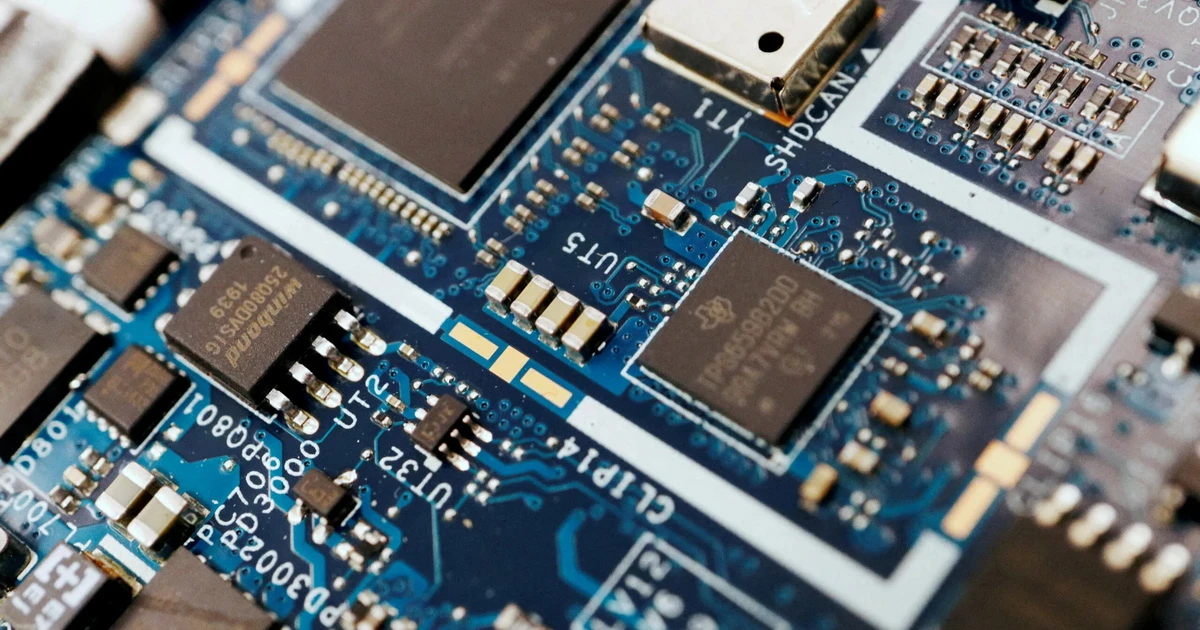
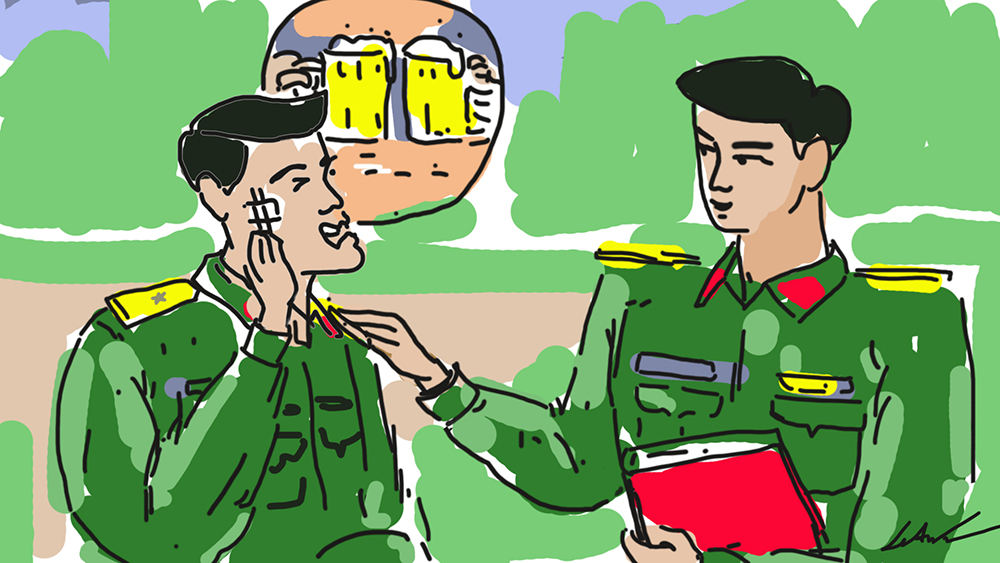

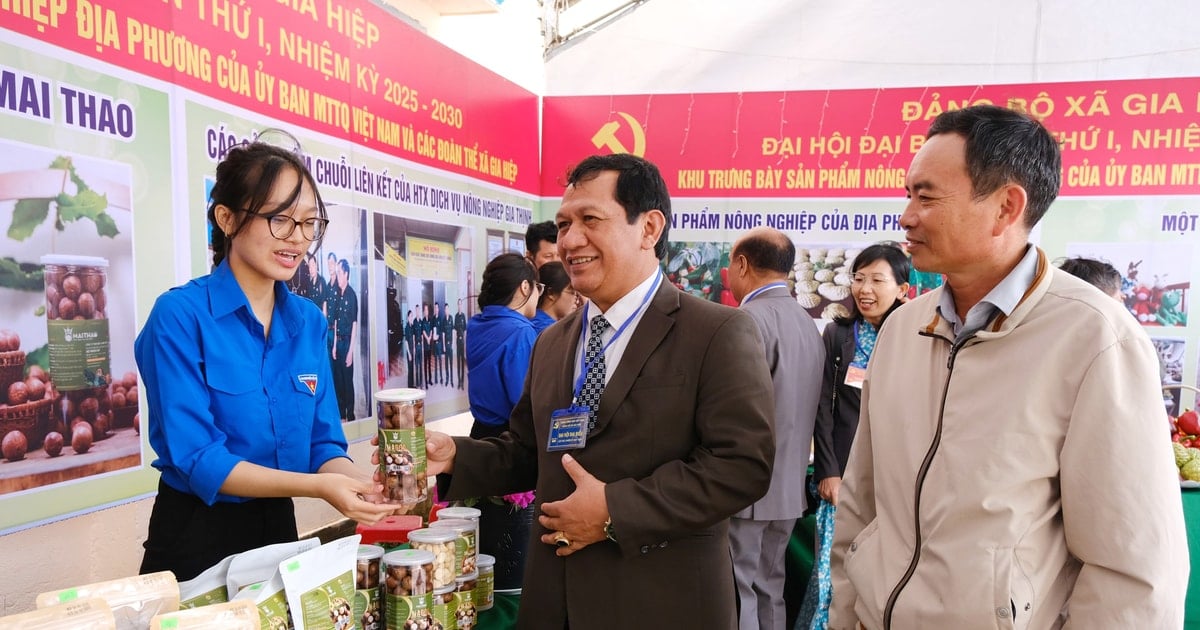
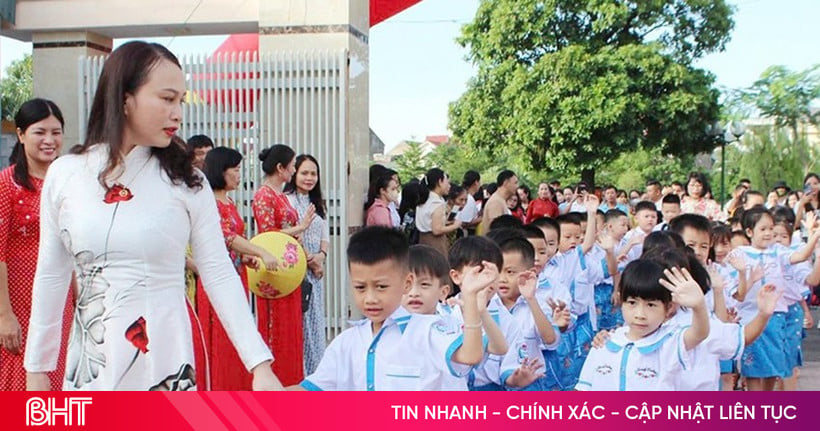
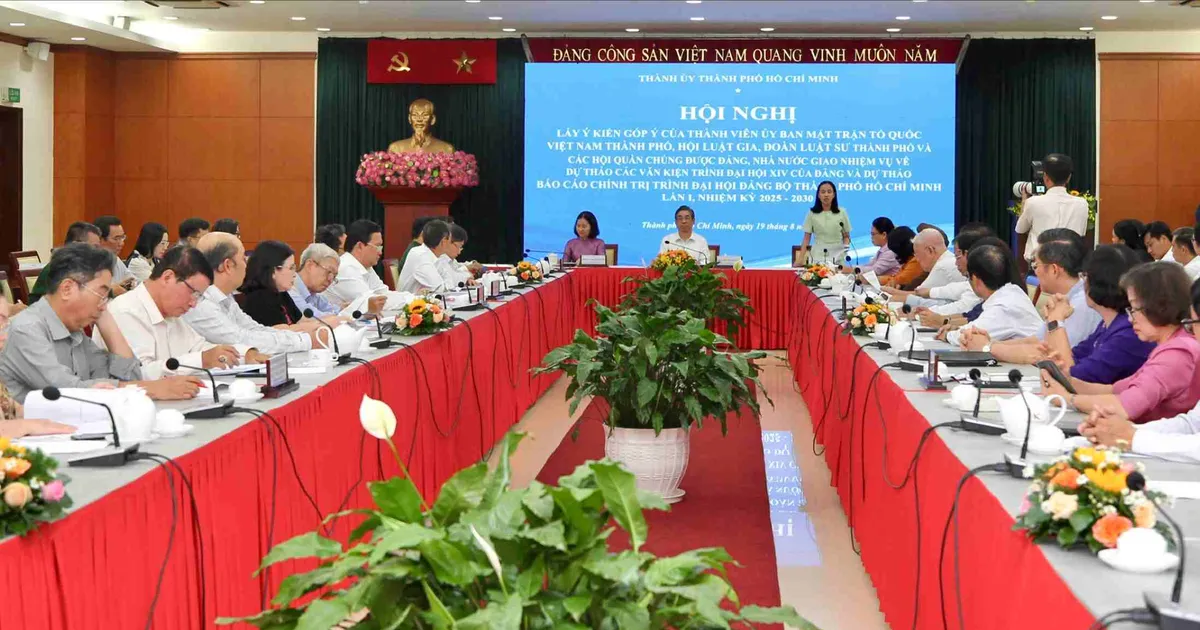
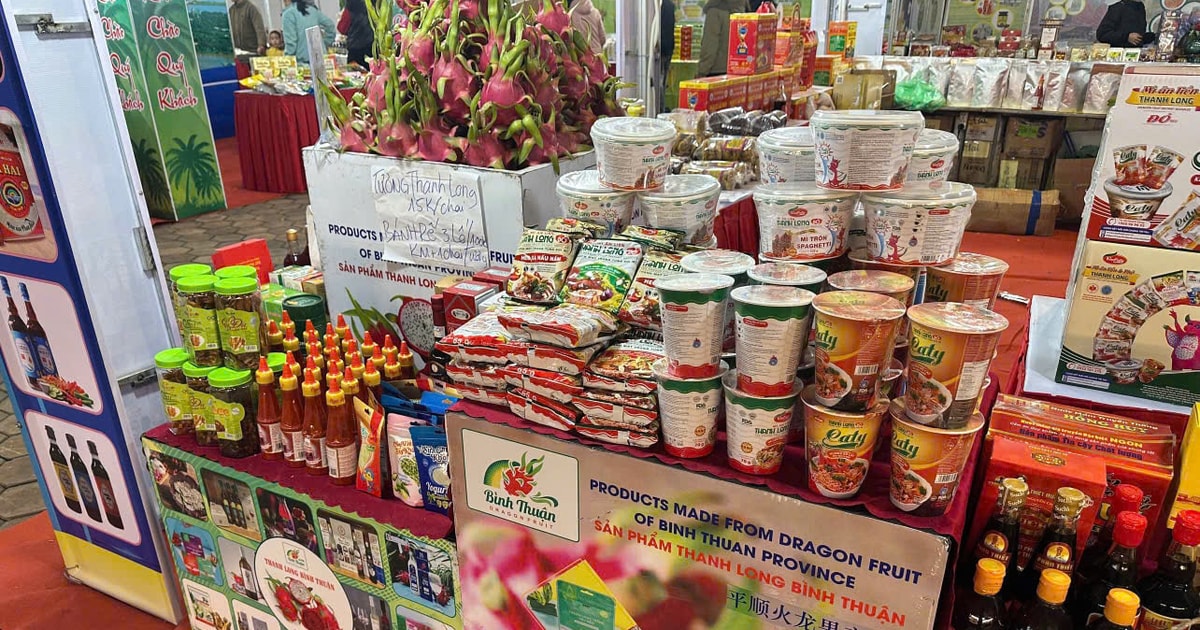

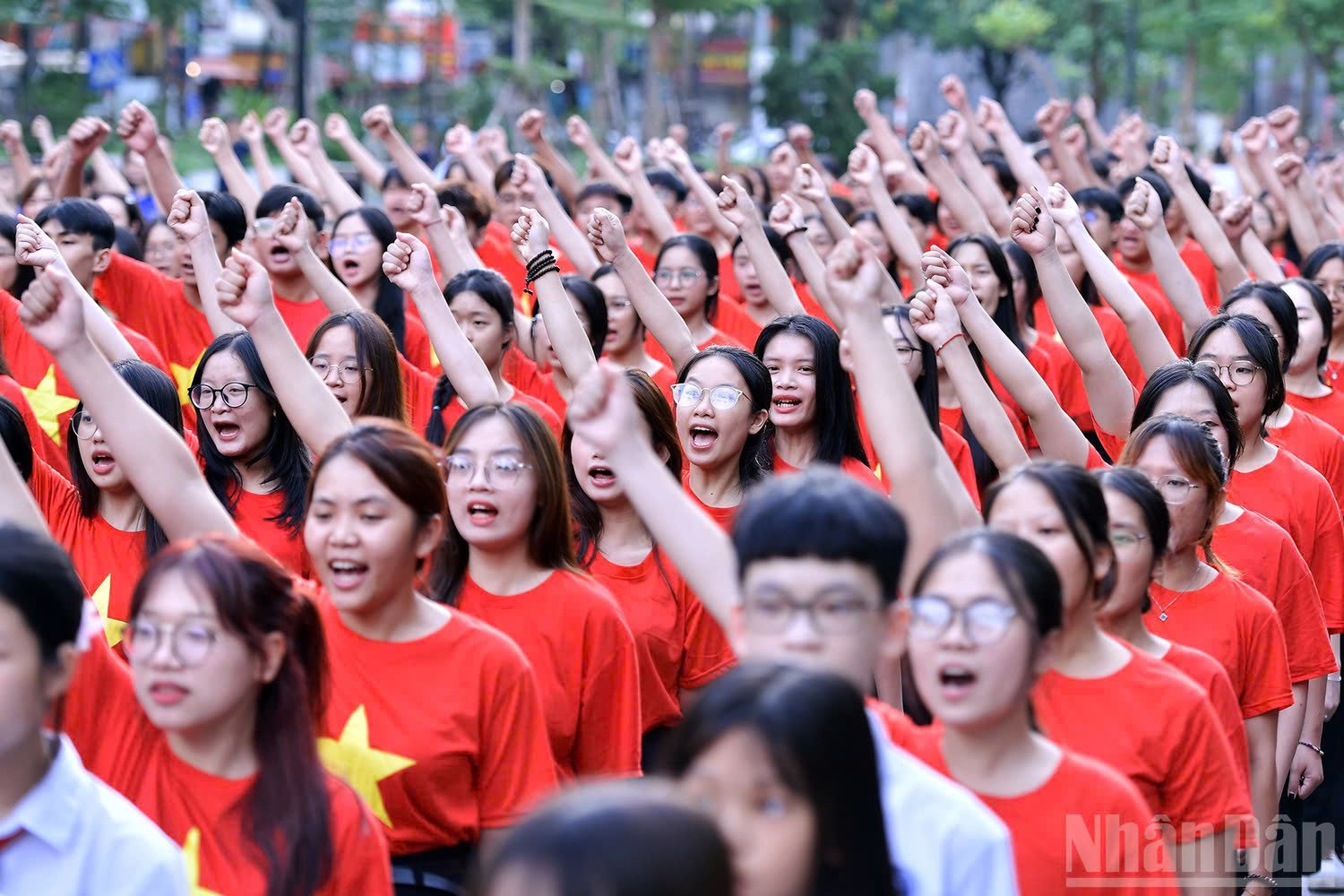
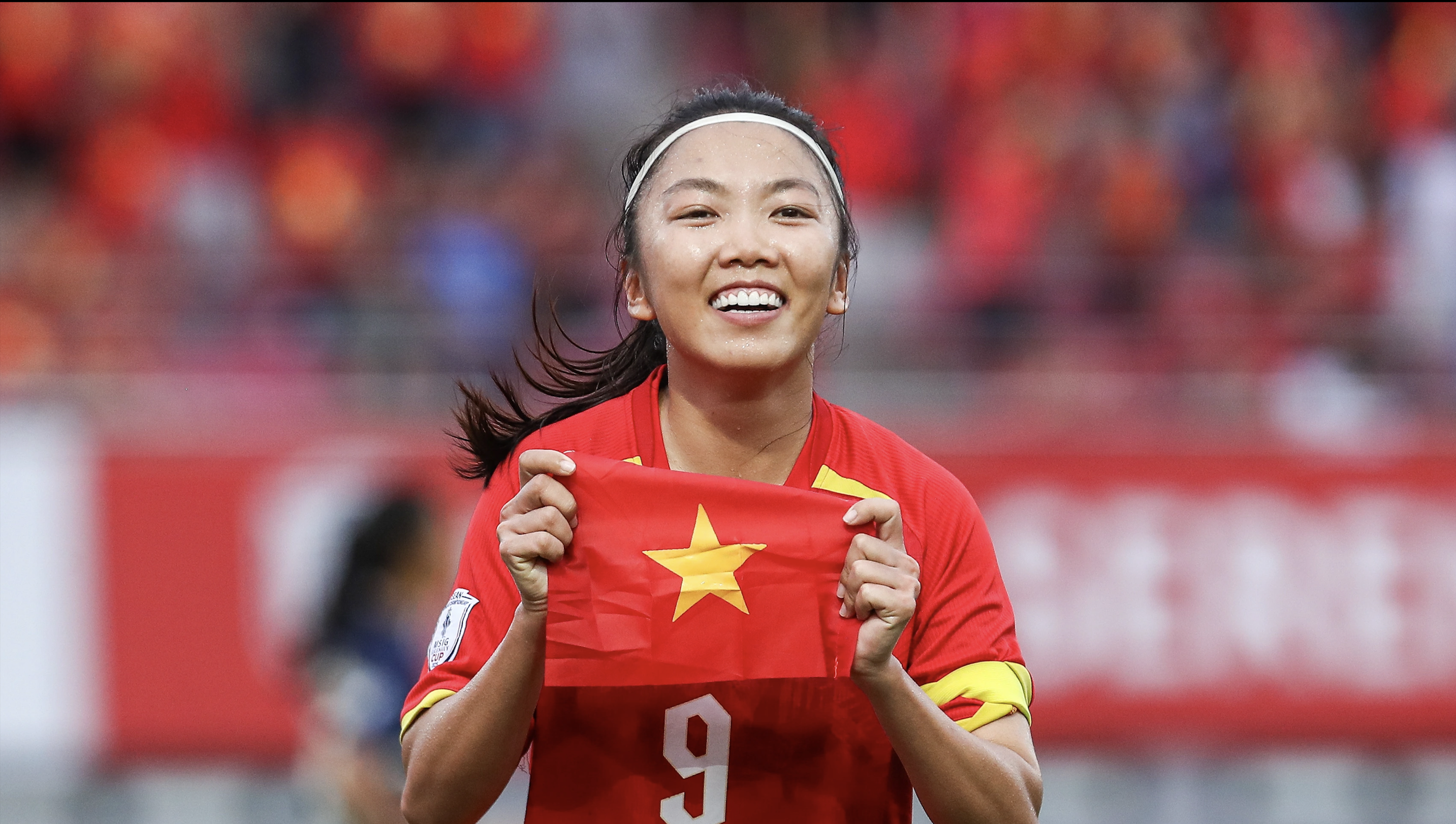

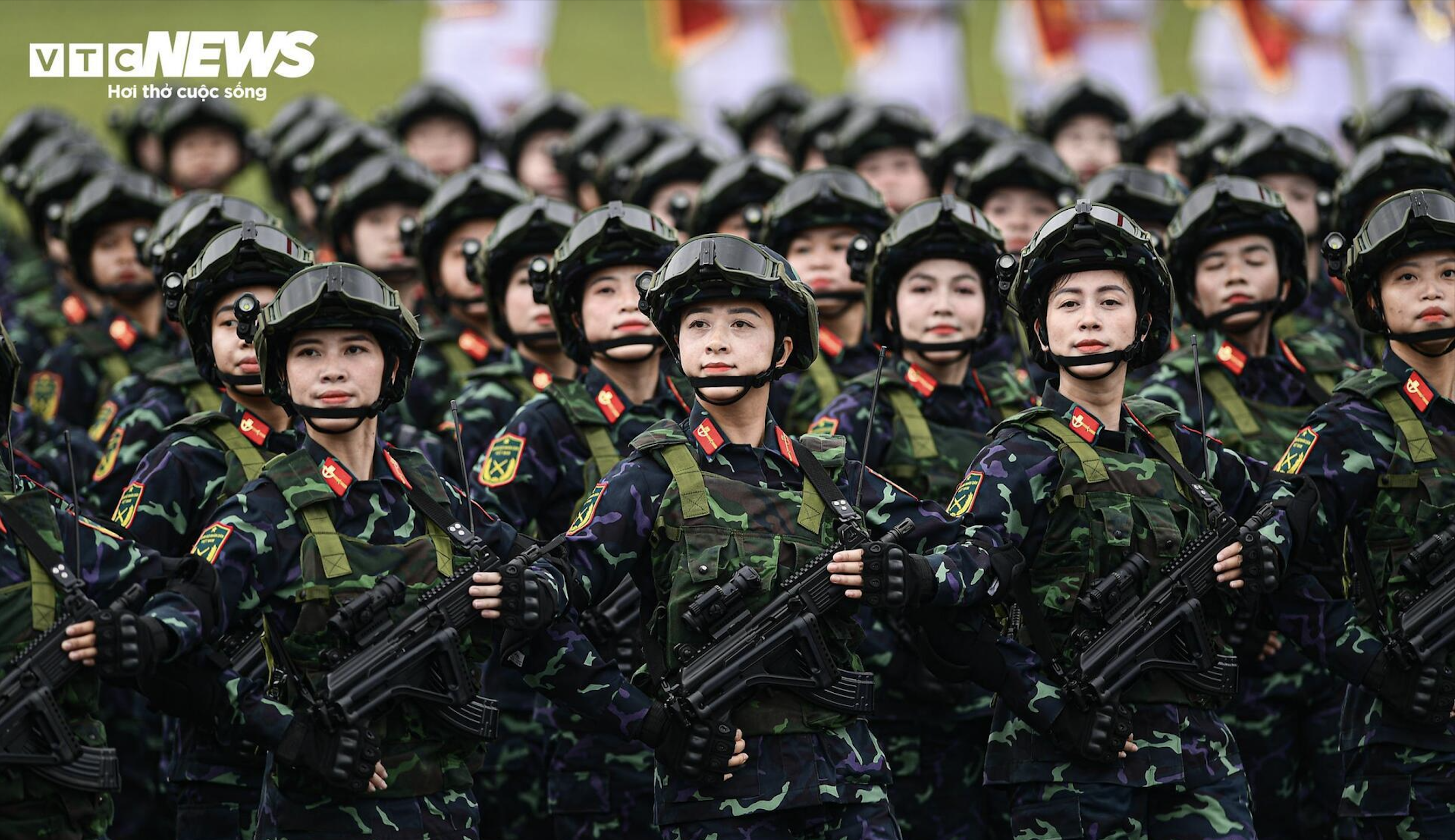
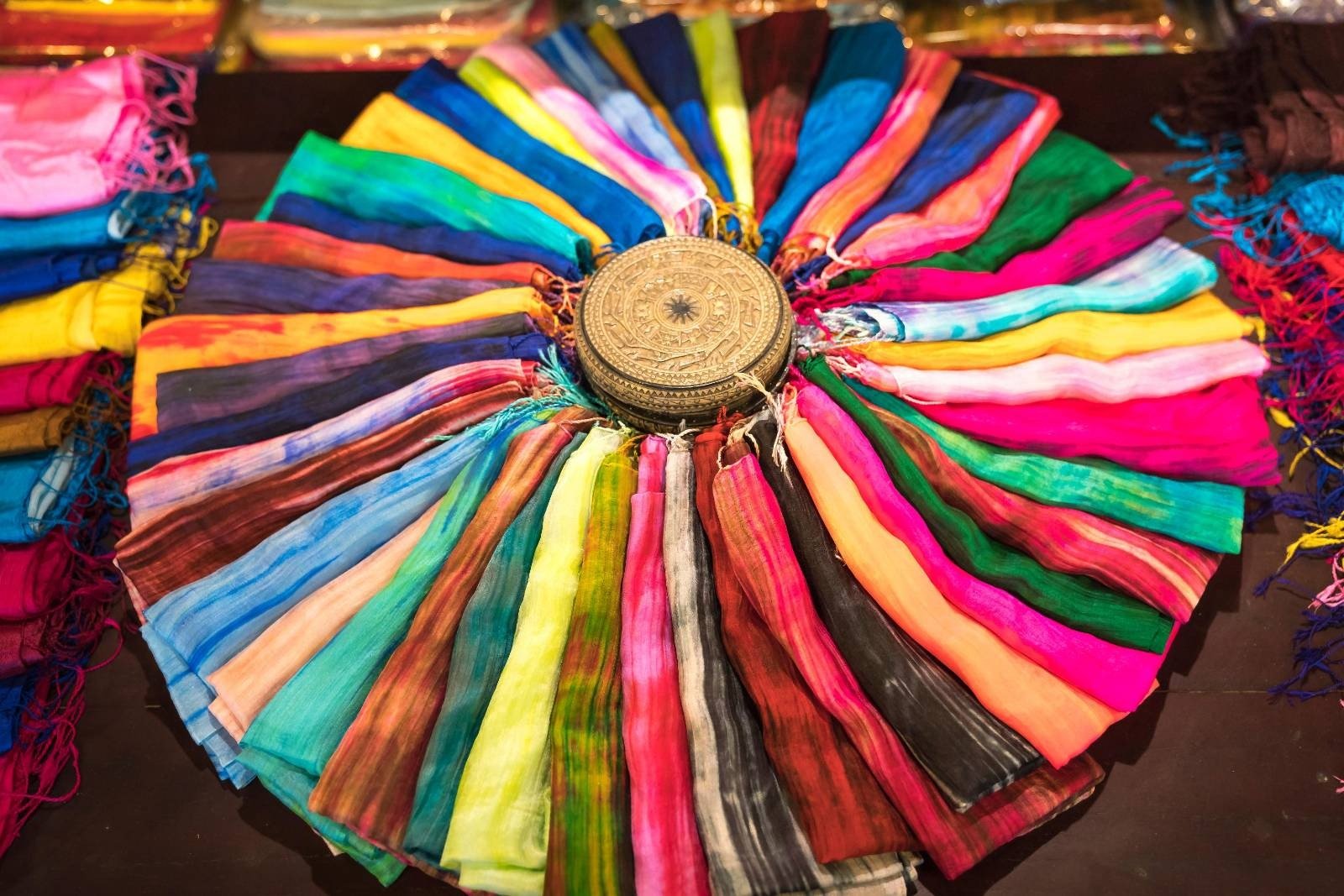
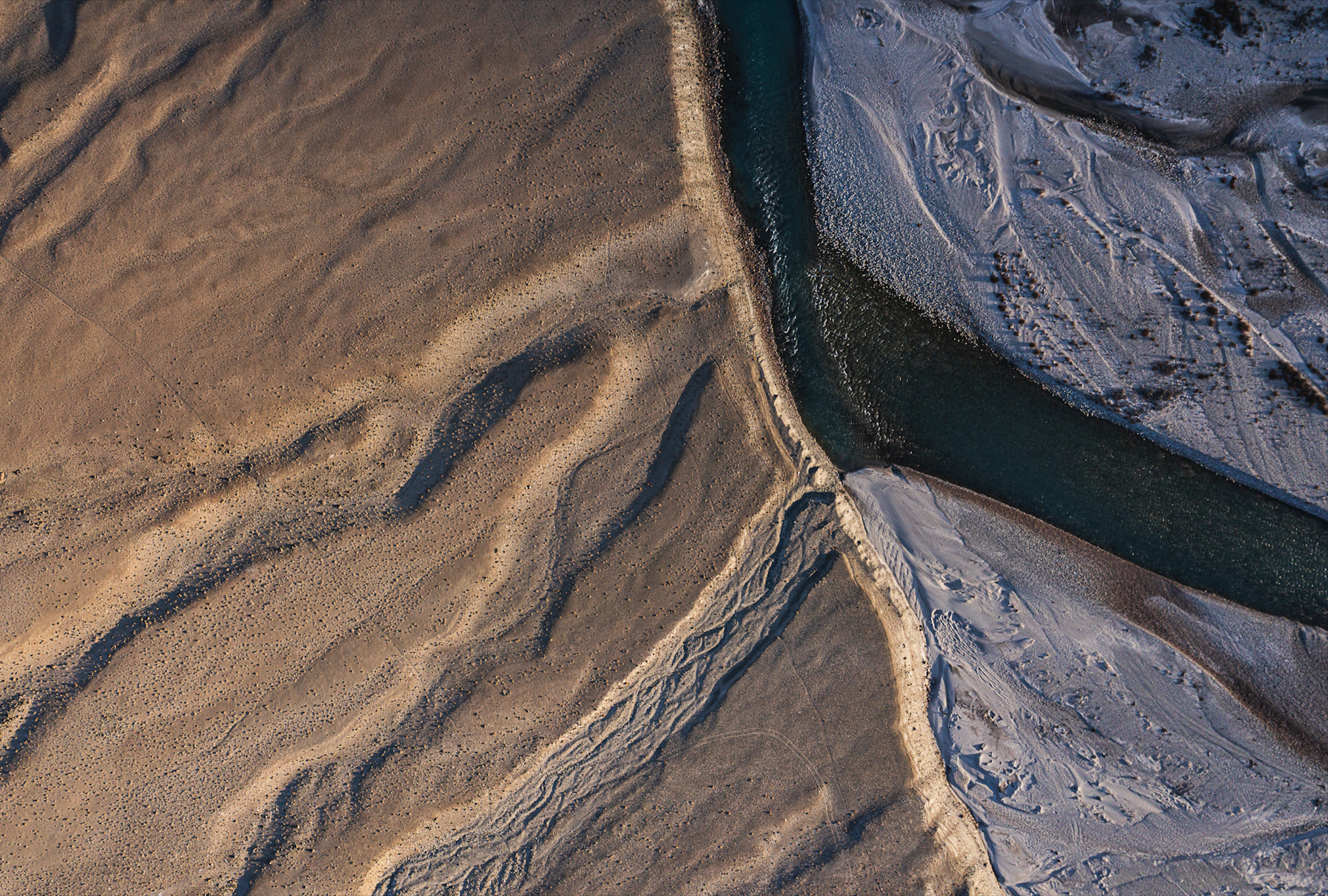

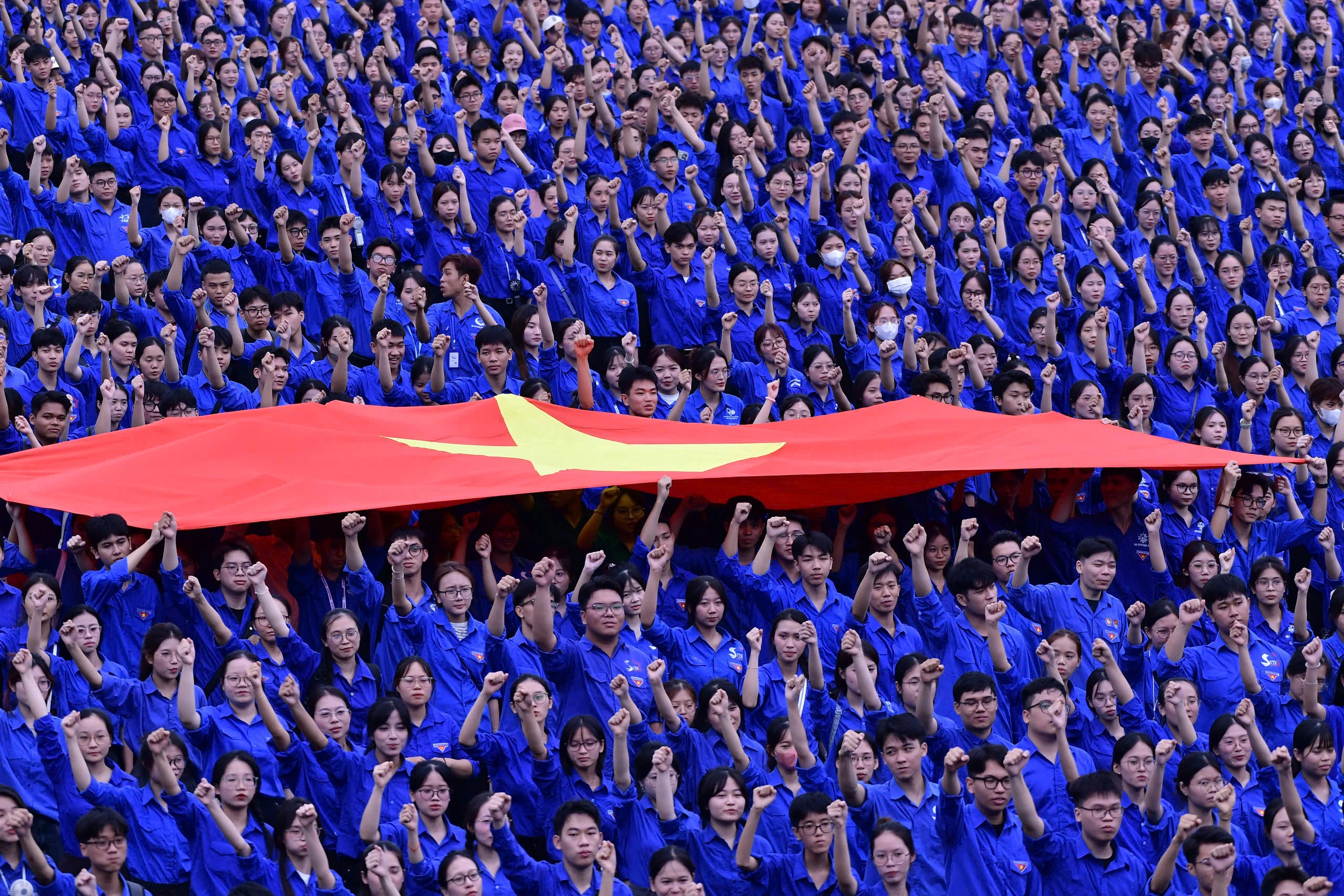
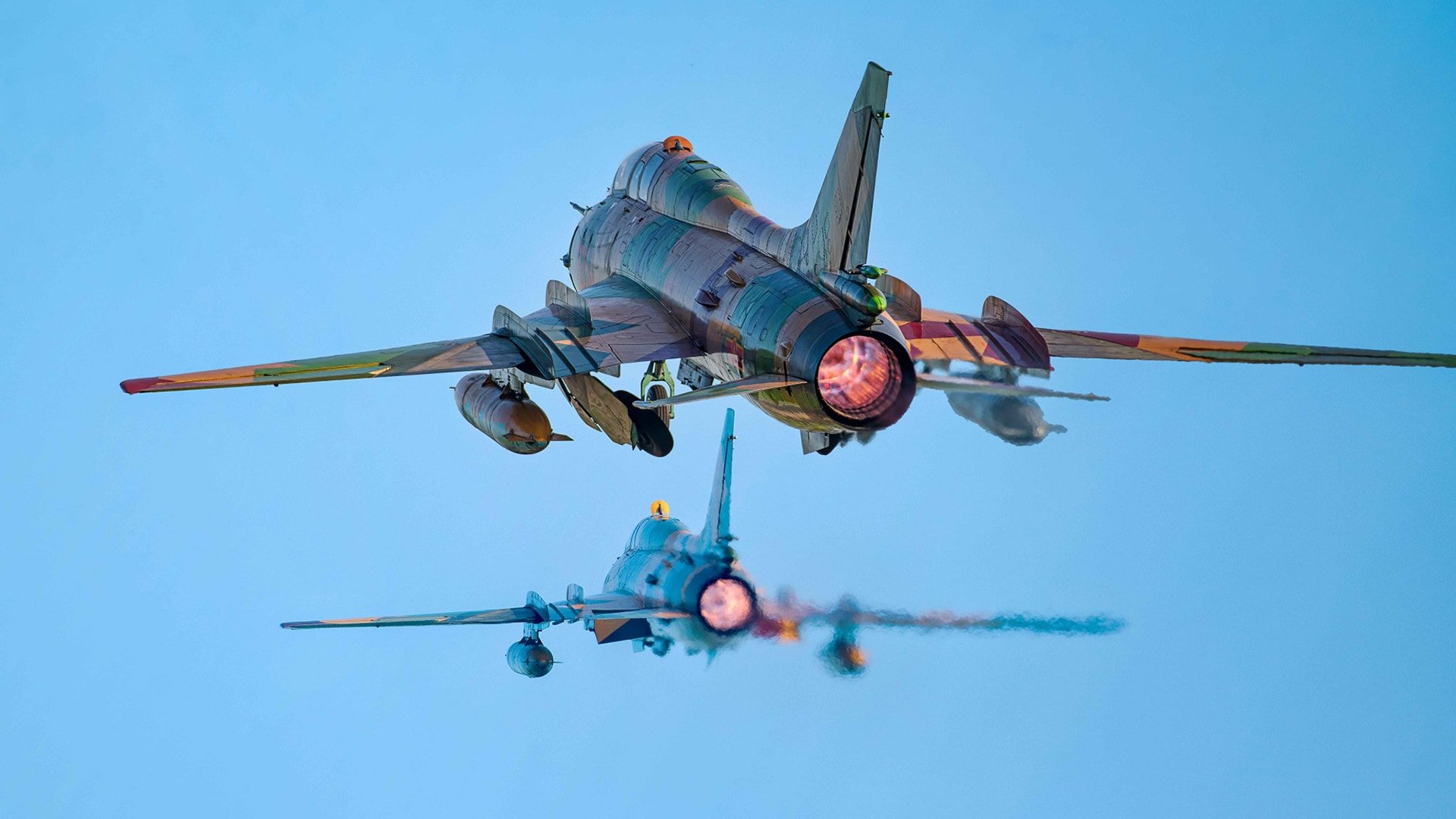
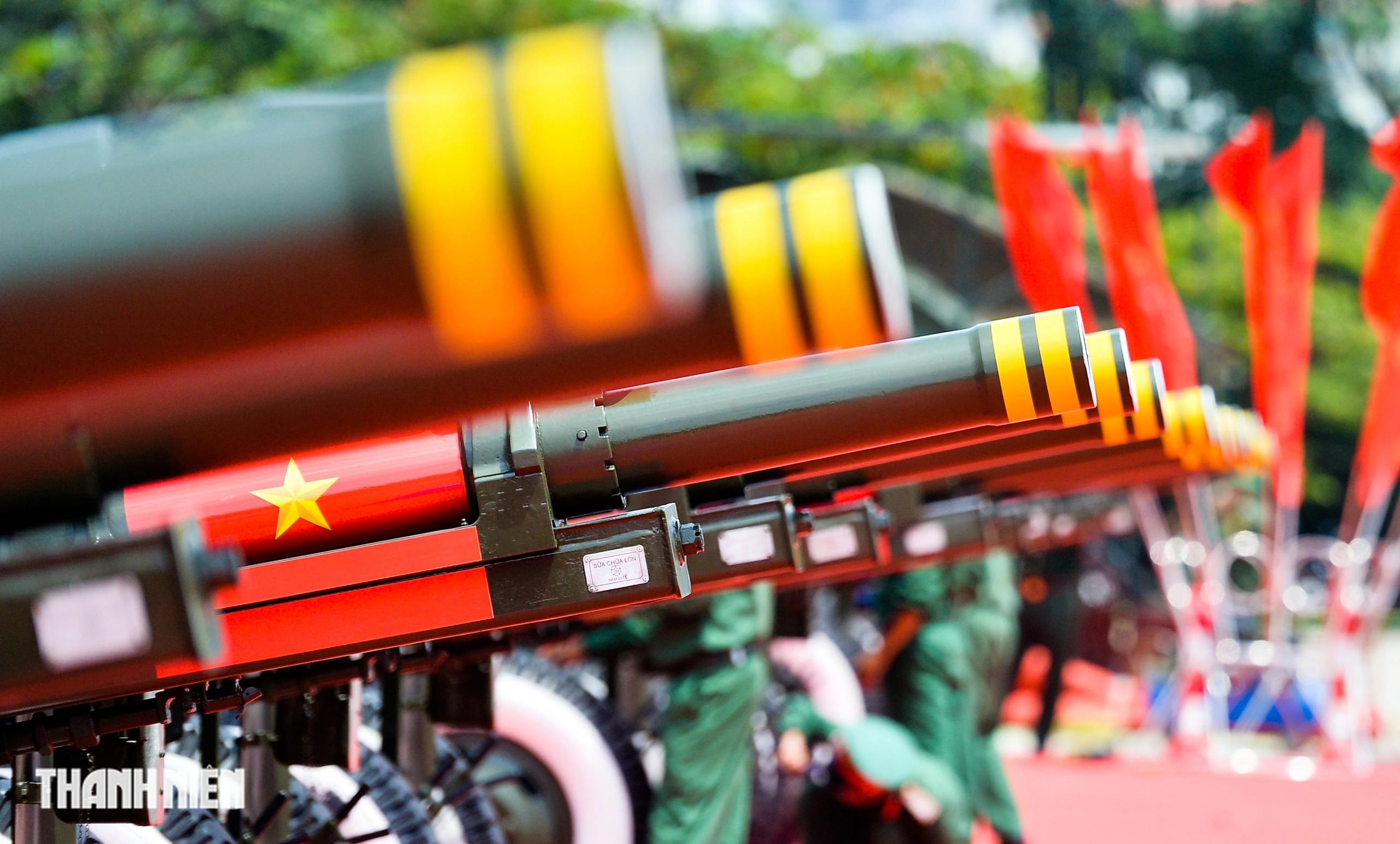
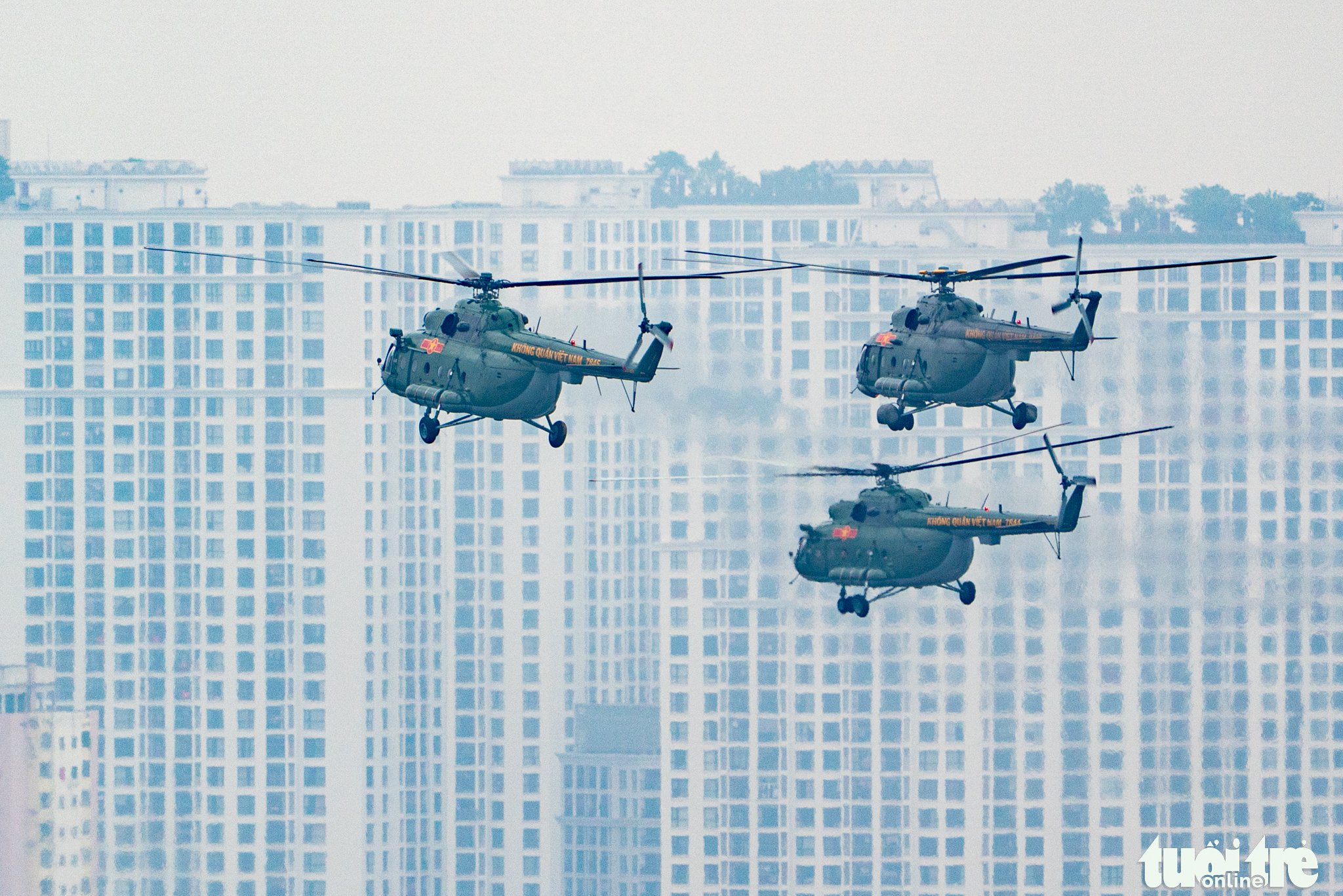
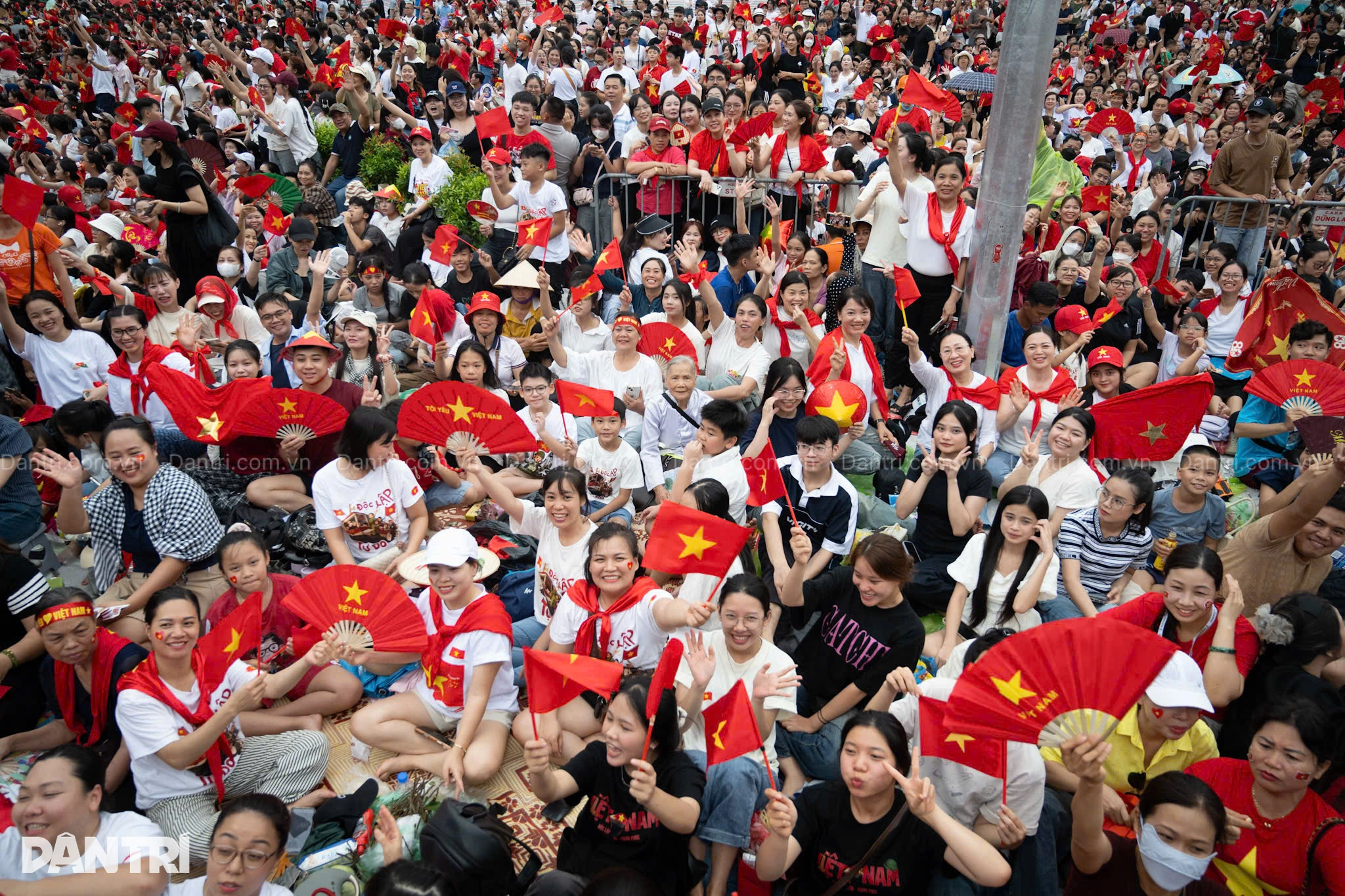
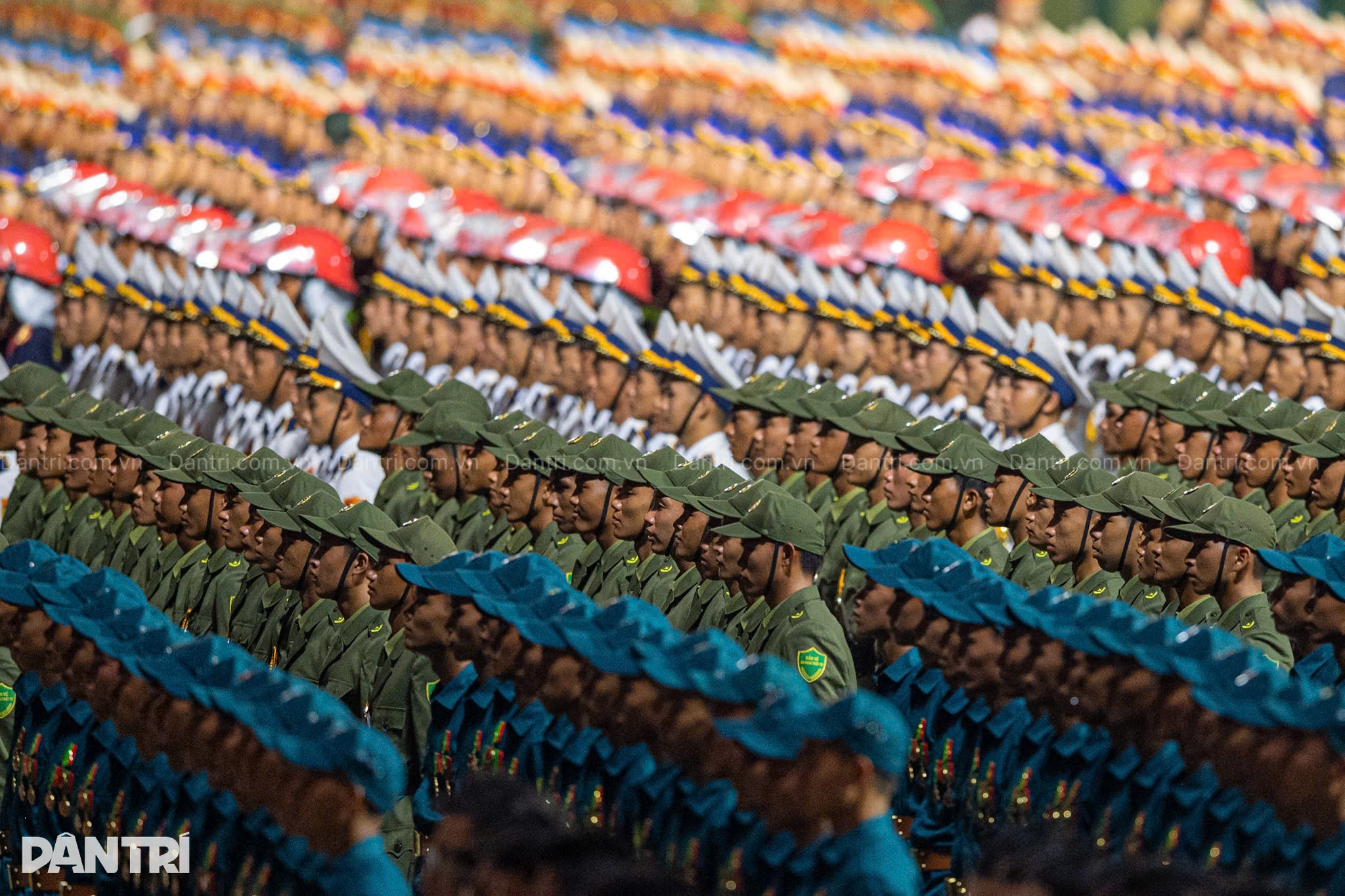
![[Photo] An Phu intersection project connecting Ho Chi Minh City-Long Thanh-Dau Giay expressway behind schedule](https://vstatic.vietnam.vn/vietnam/resource/IMAGE/2025/8/21/1ad80e9dd8944150bb72e6c49ecc7e08)
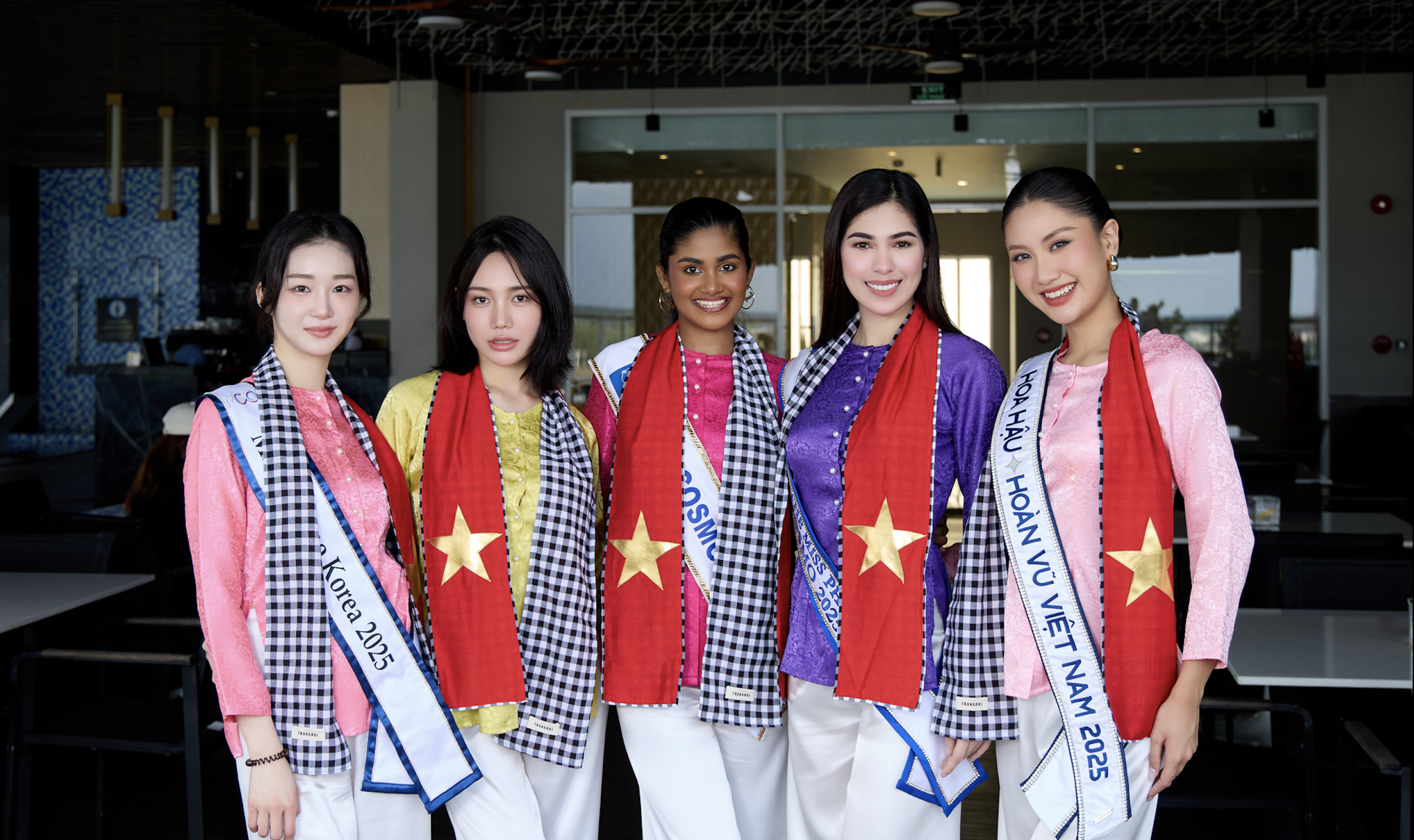
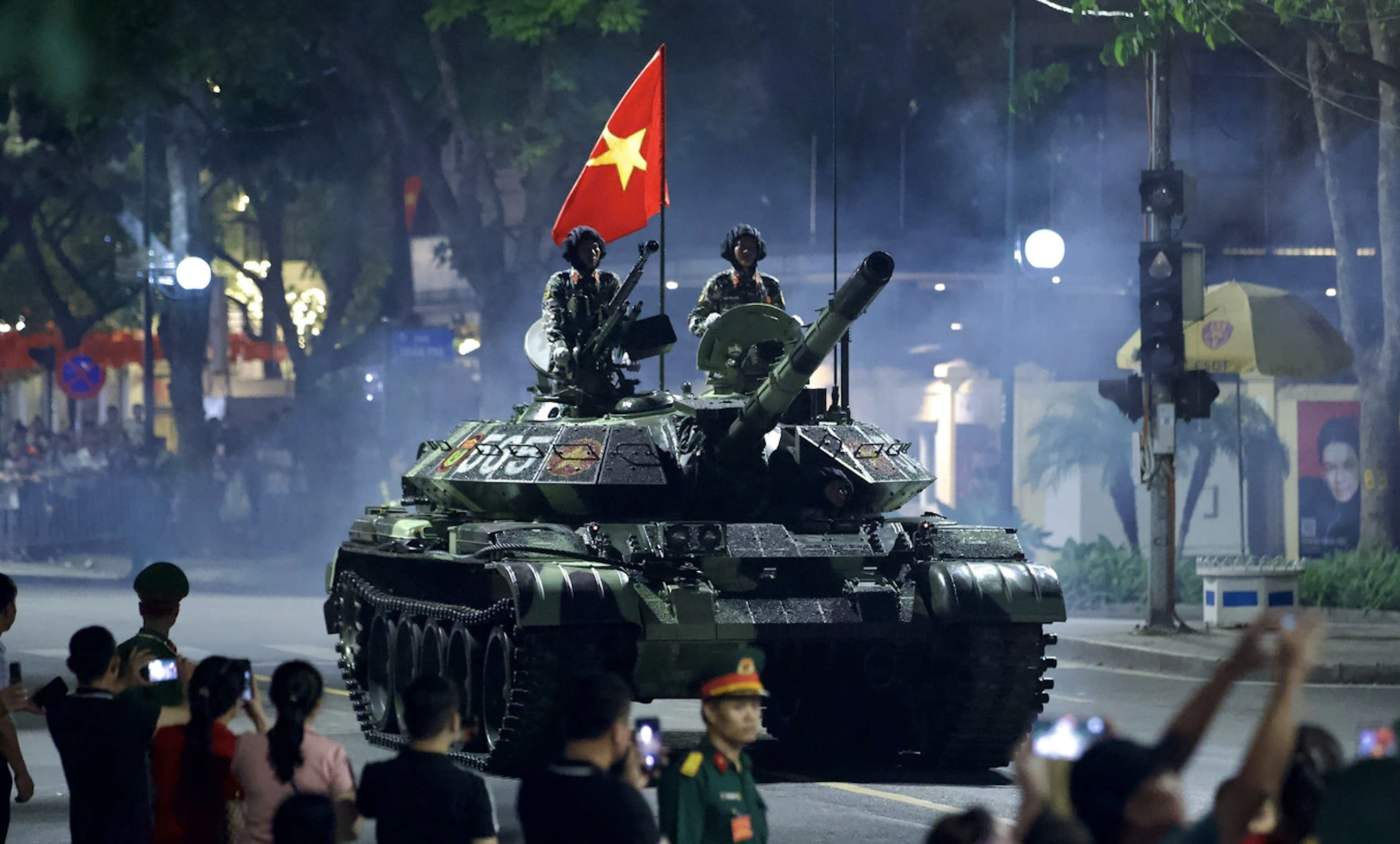
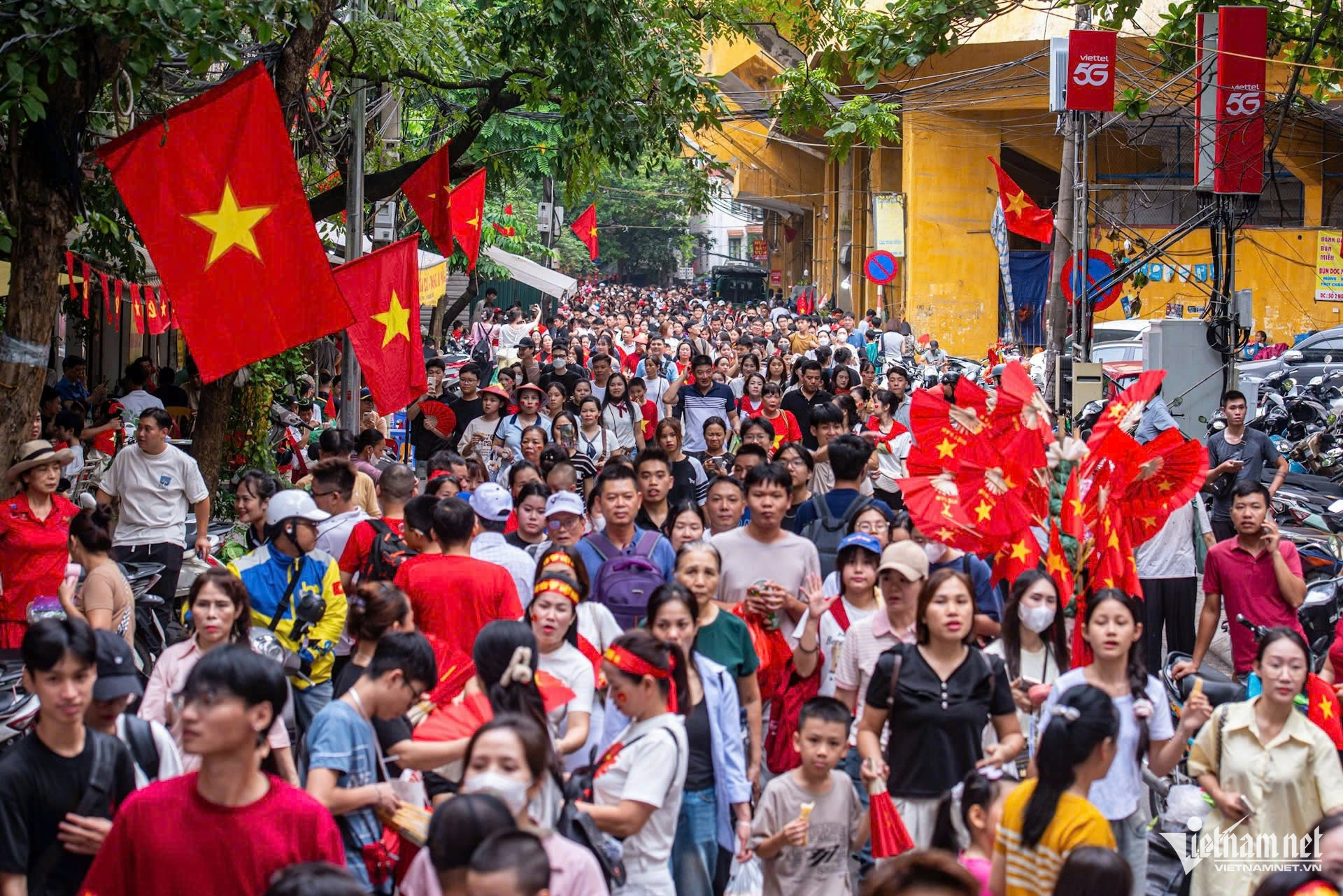
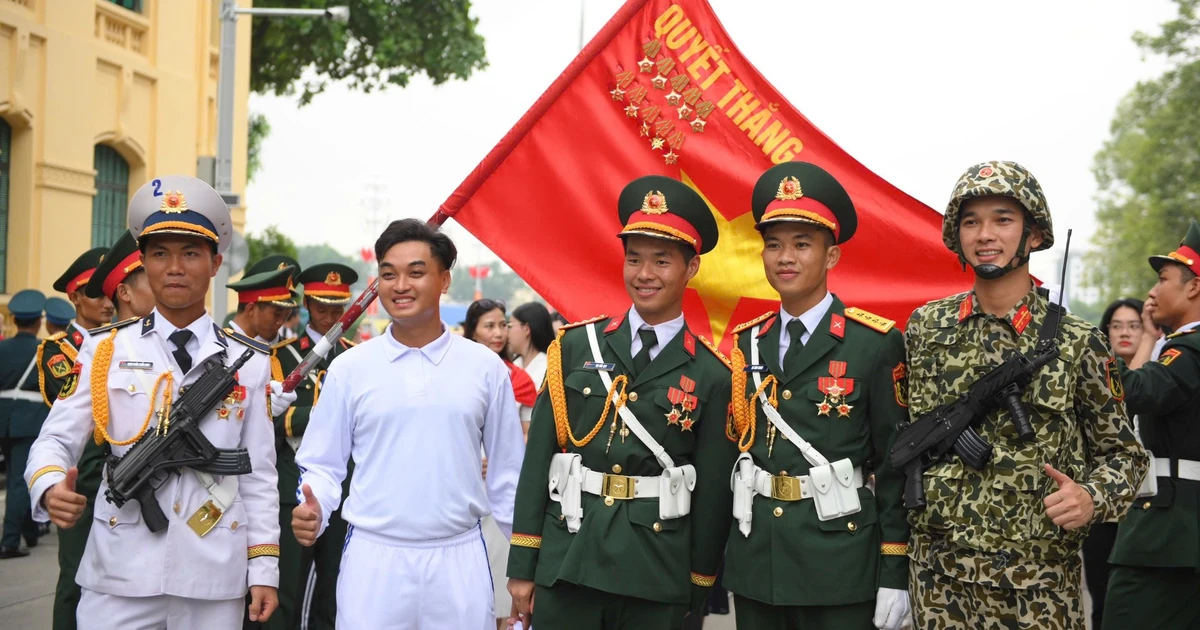
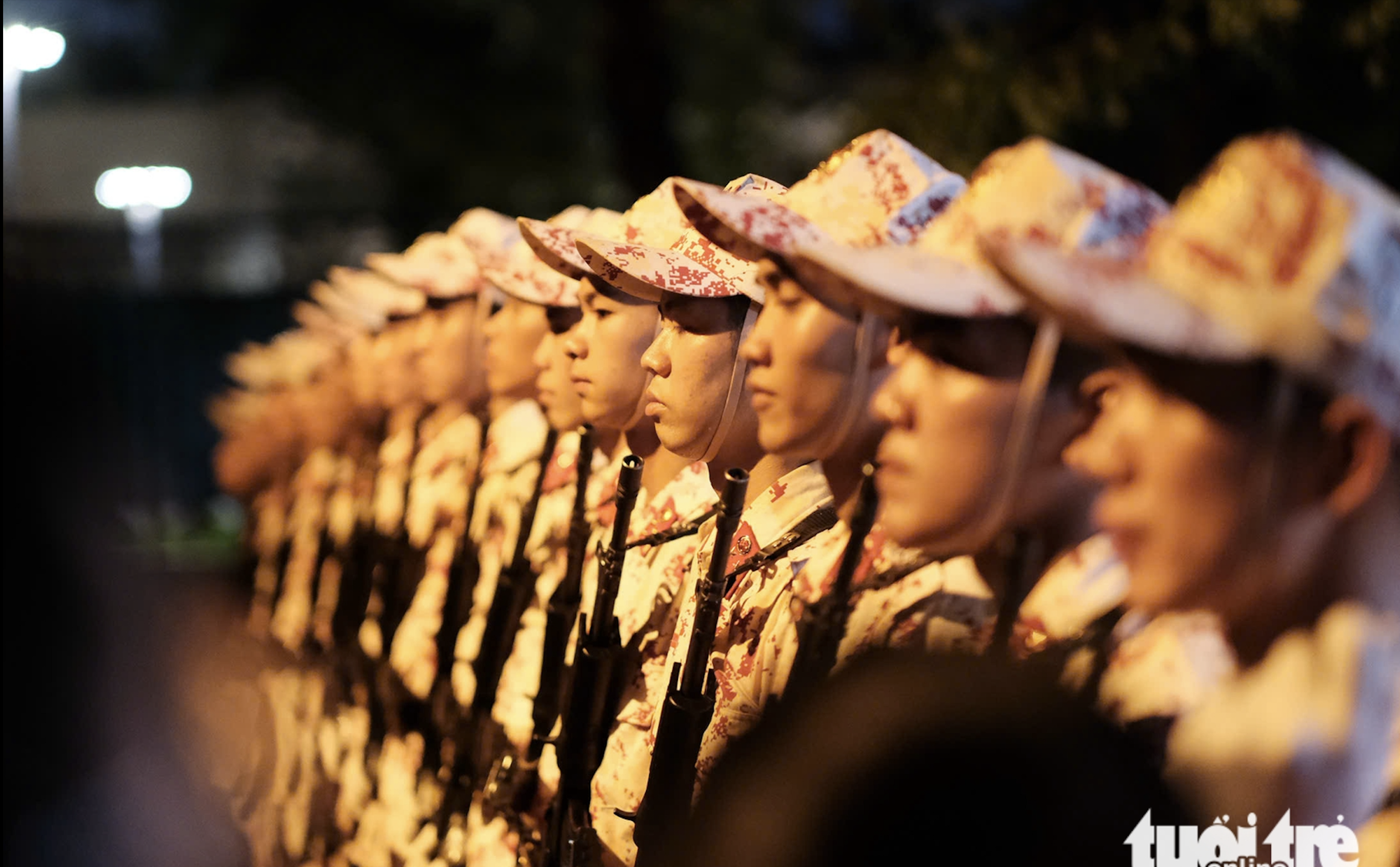
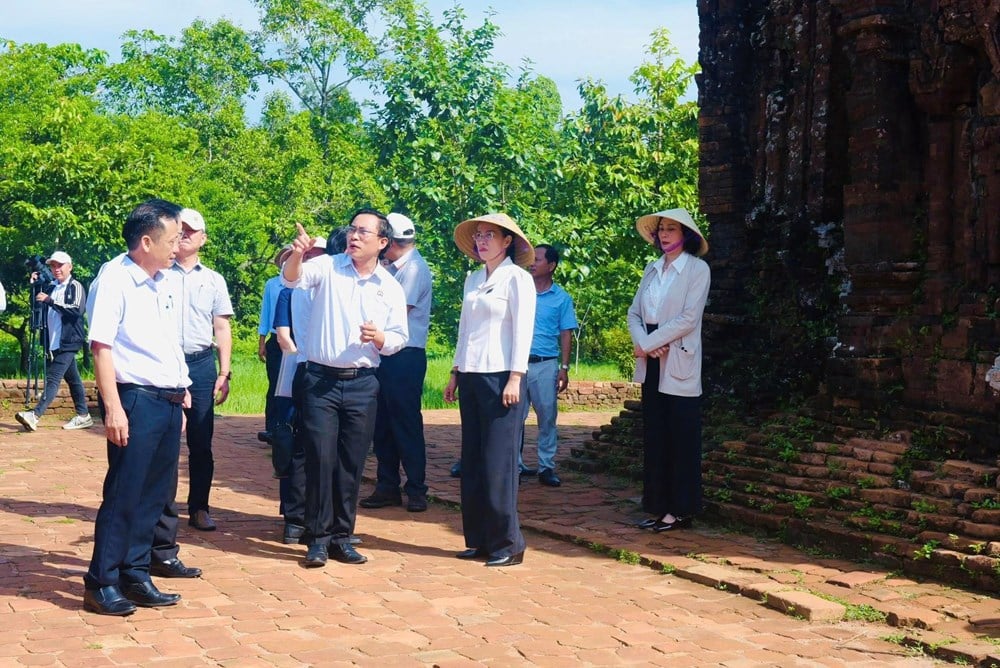

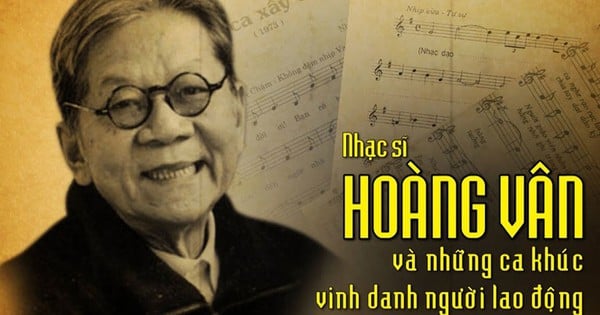

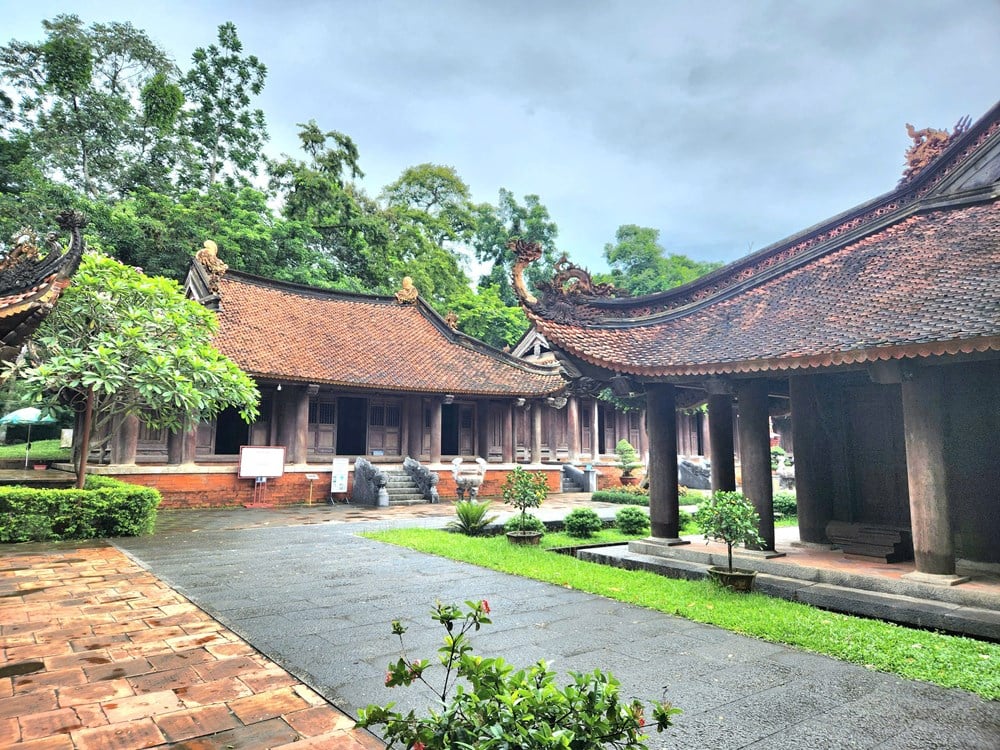
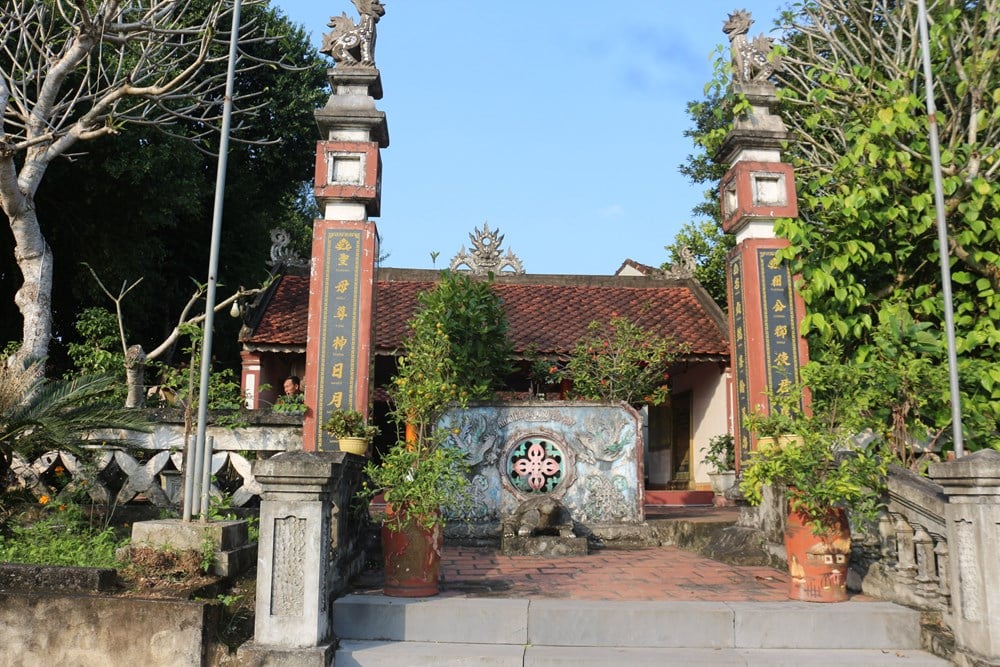
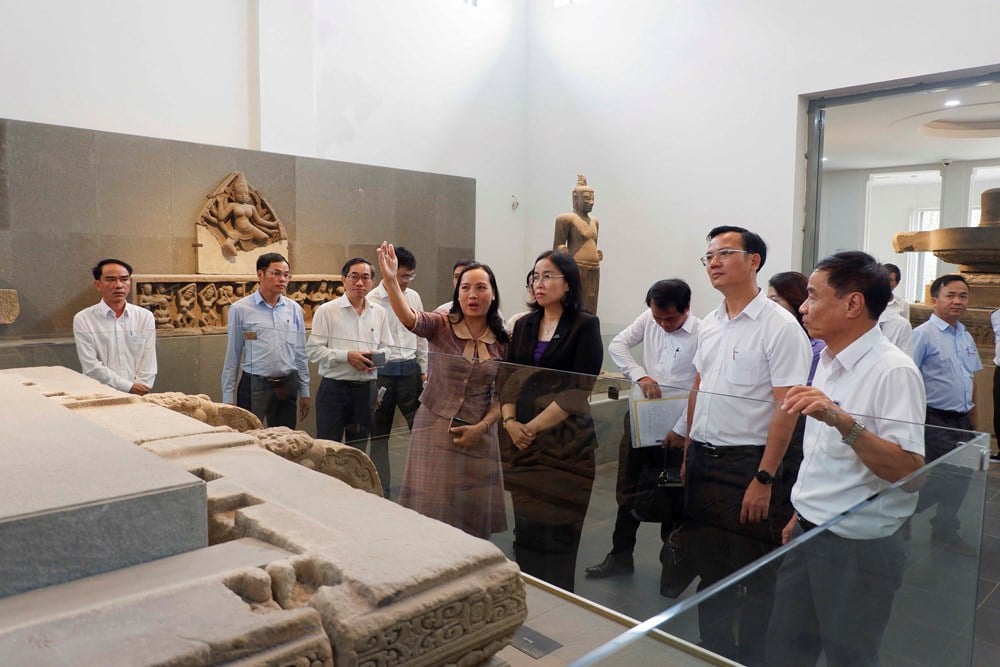
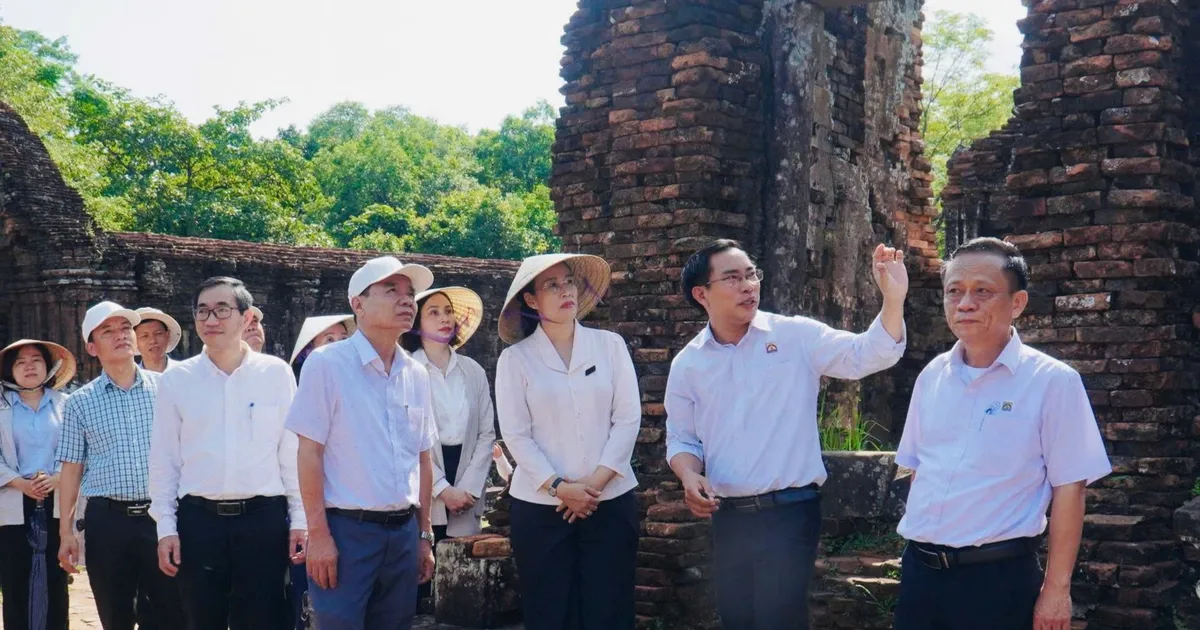

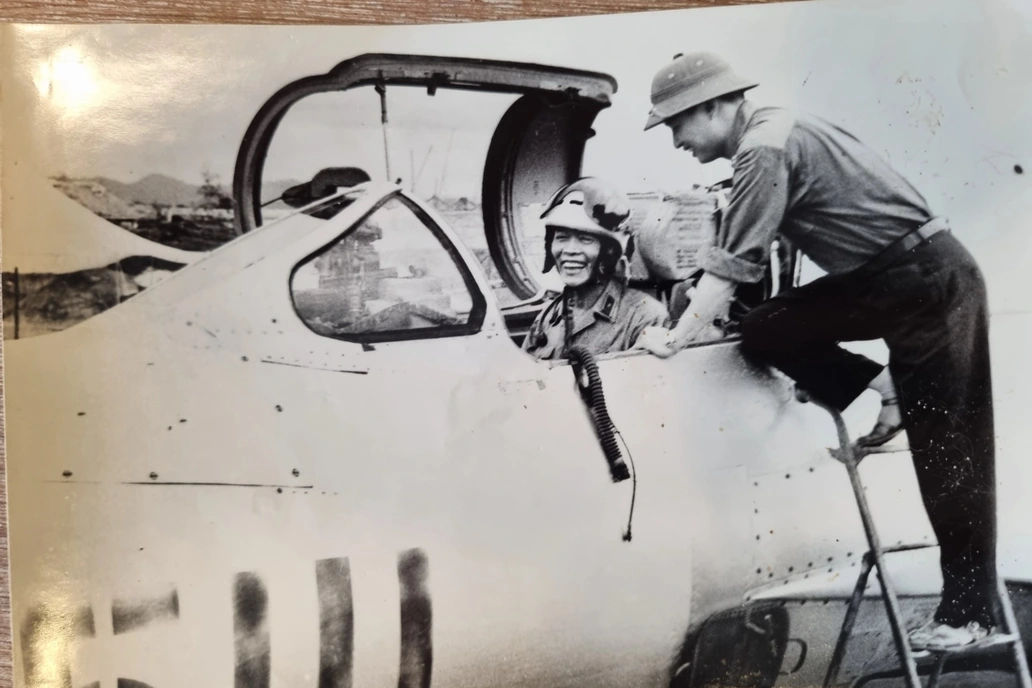
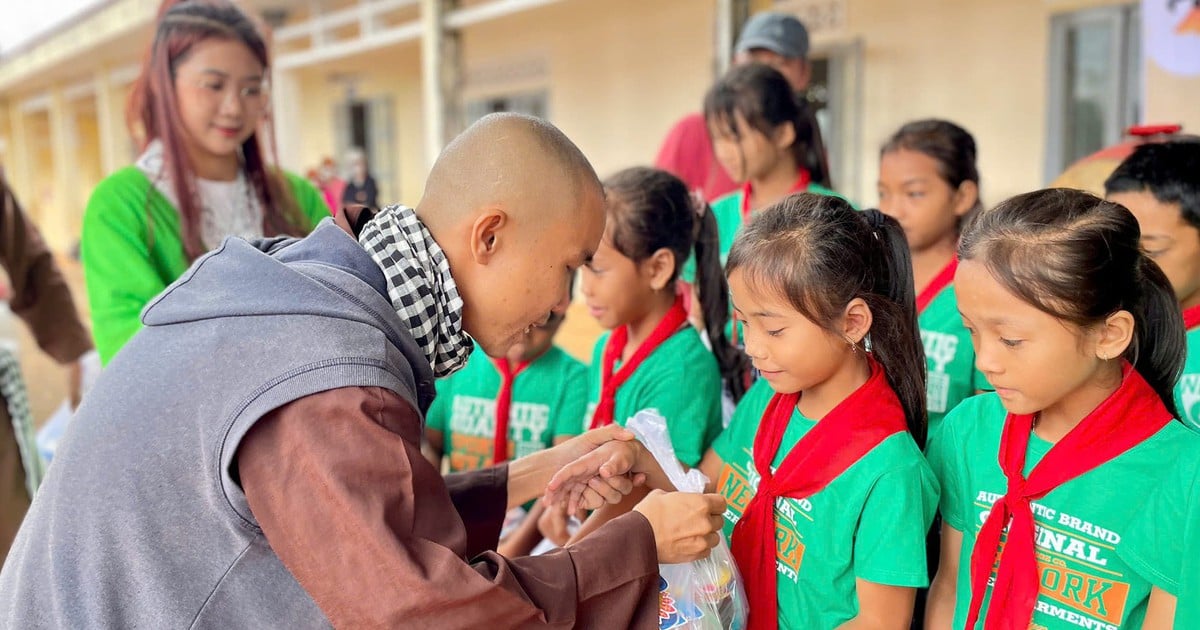

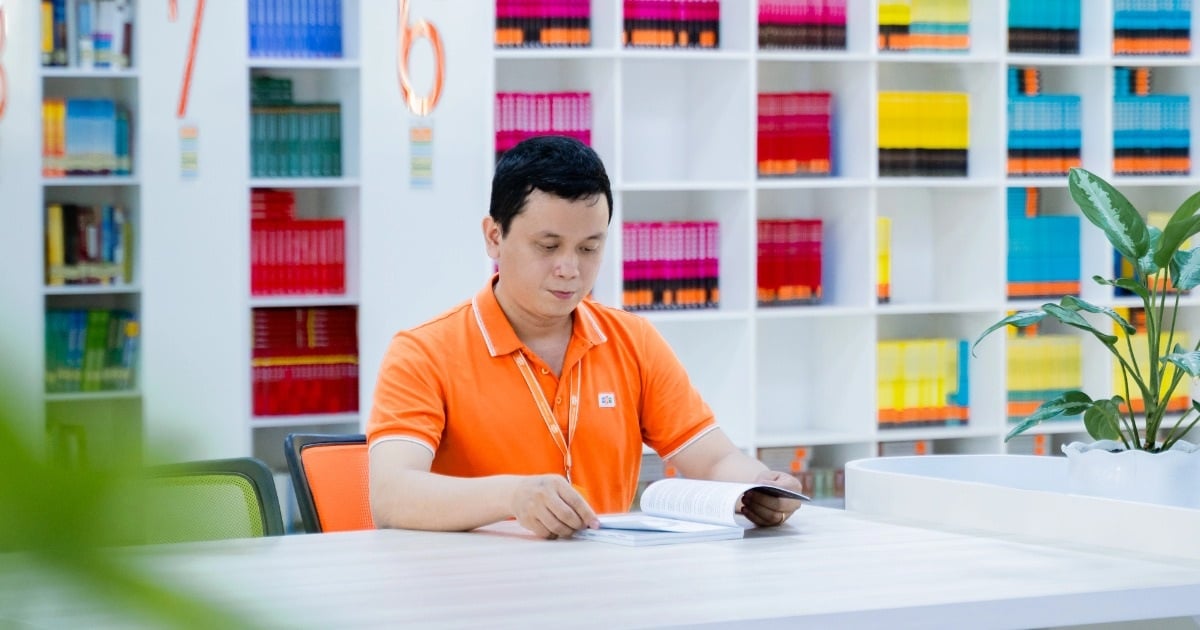


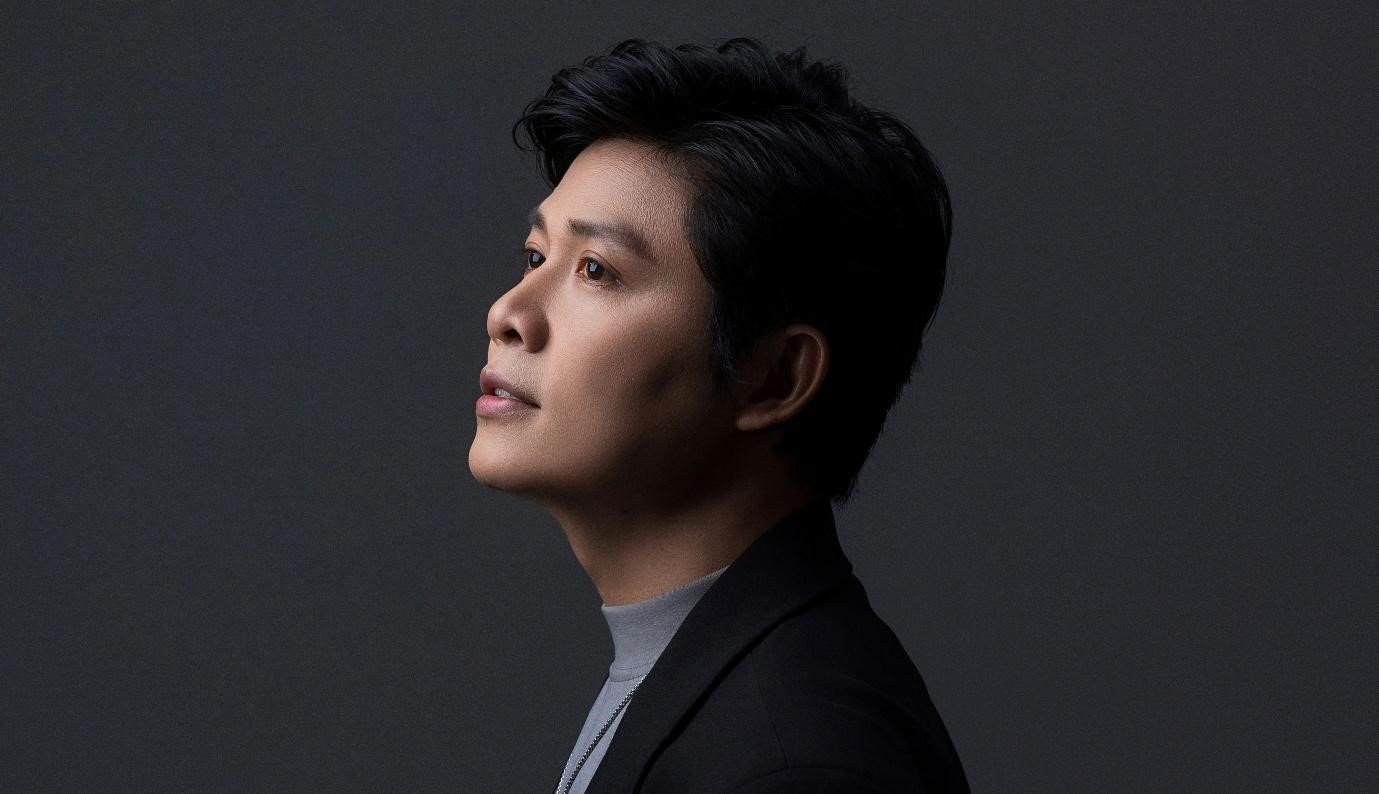

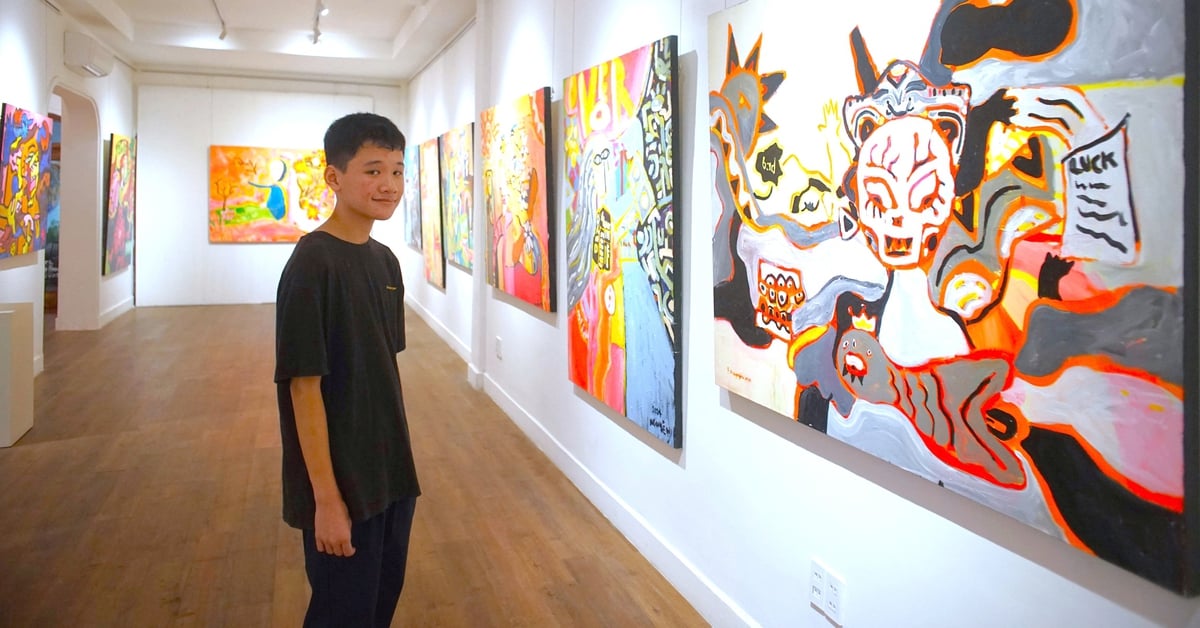

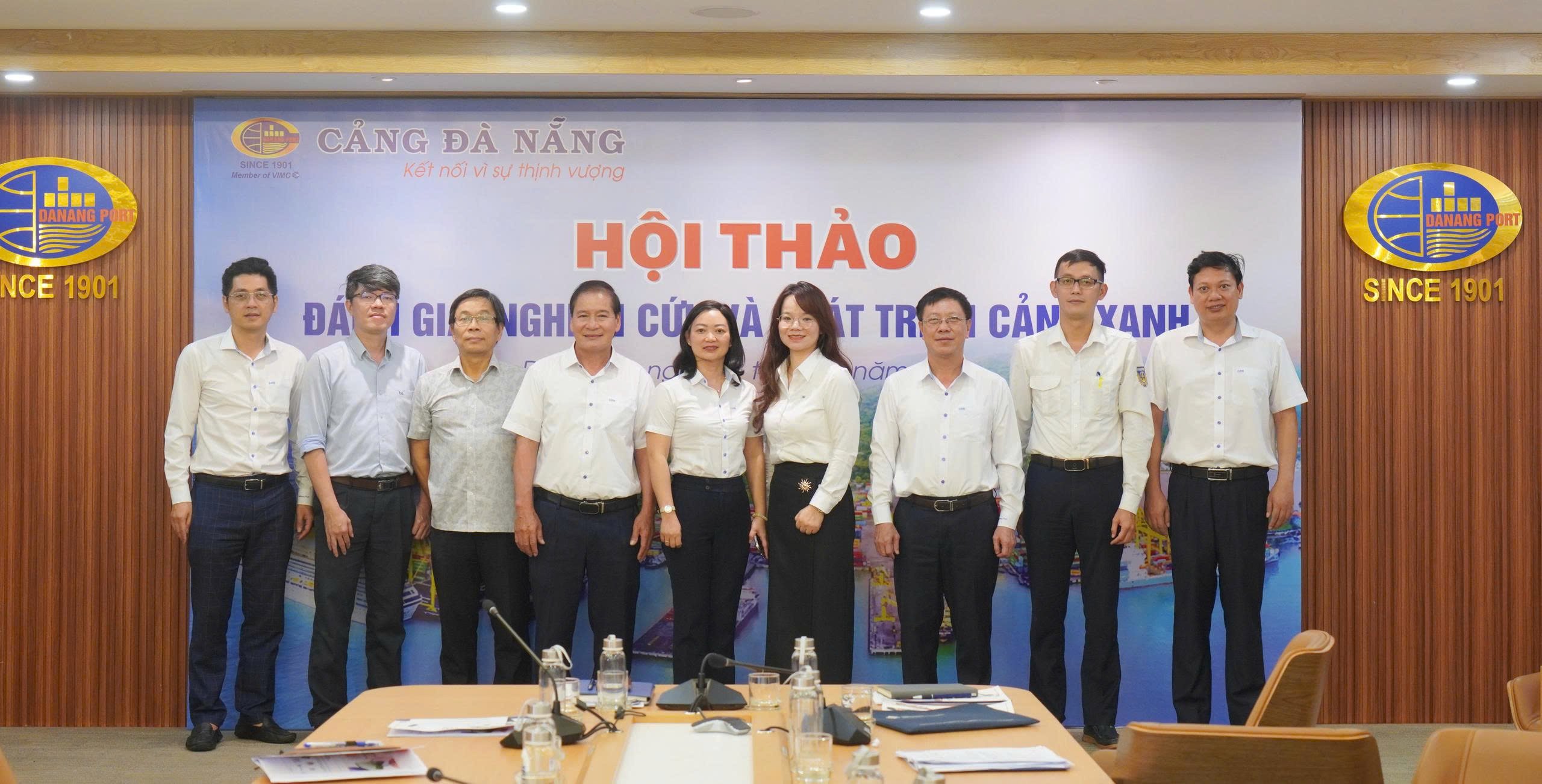


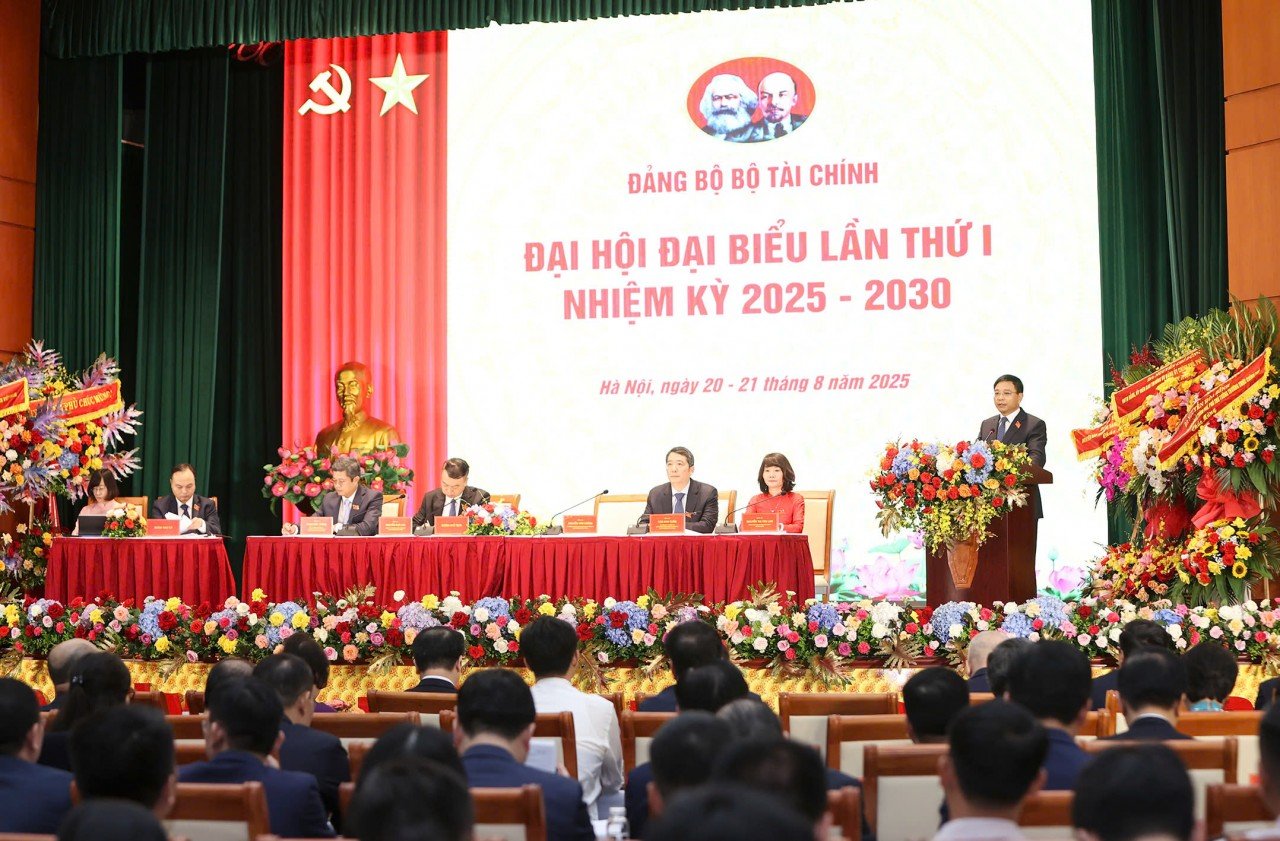


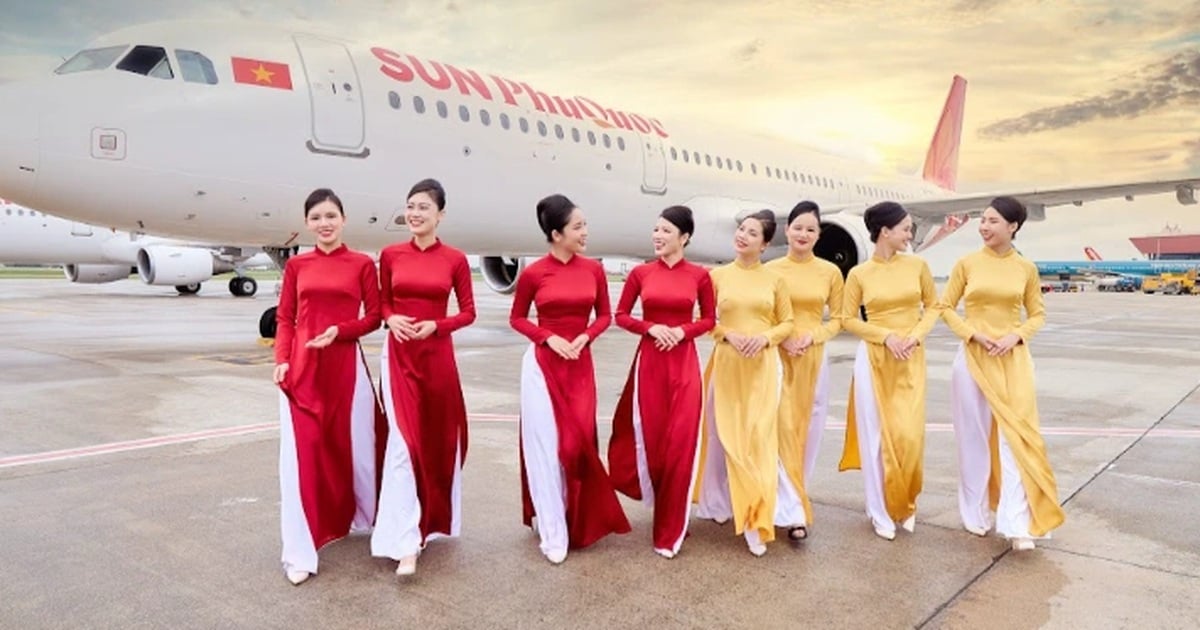
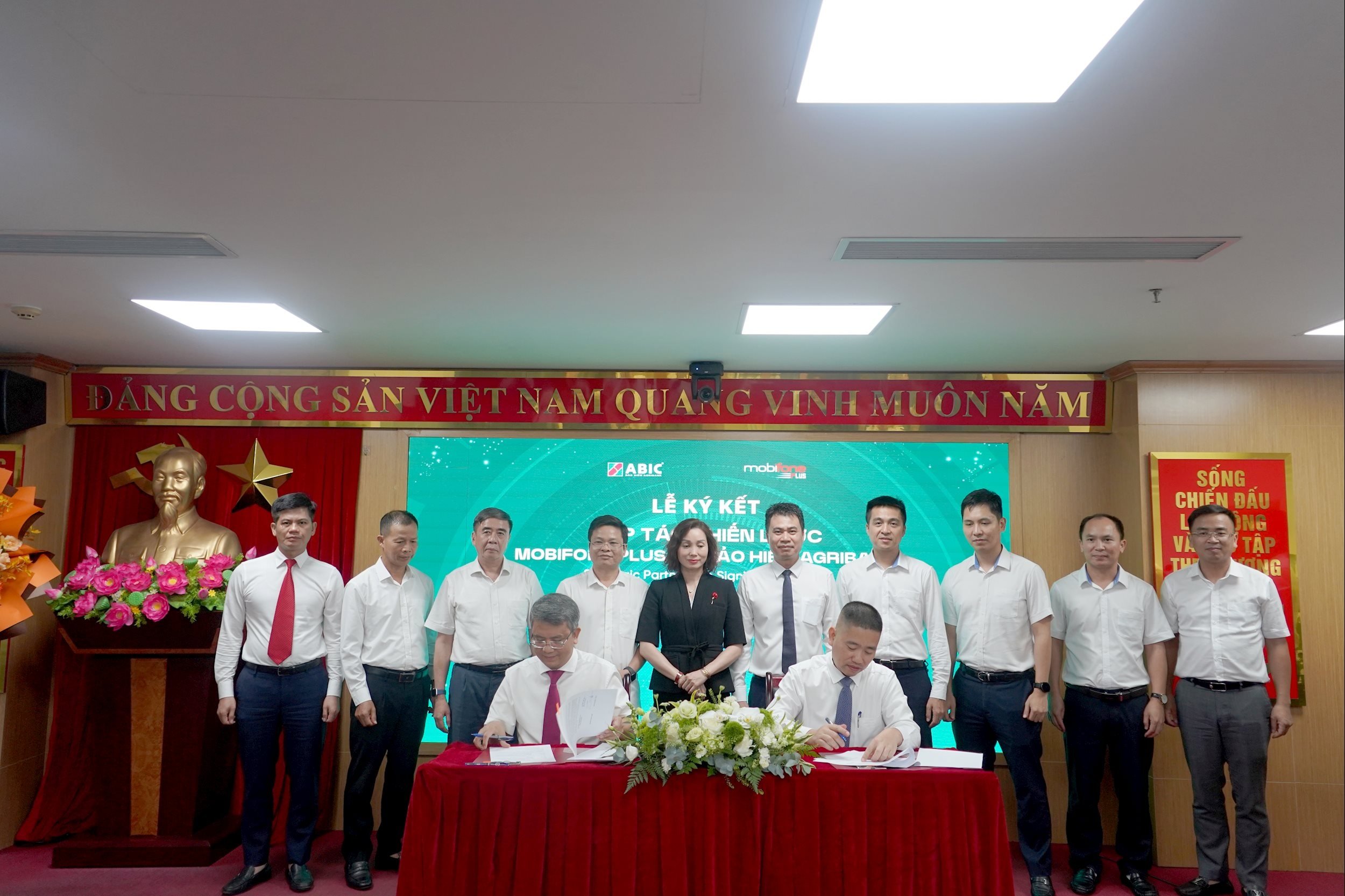

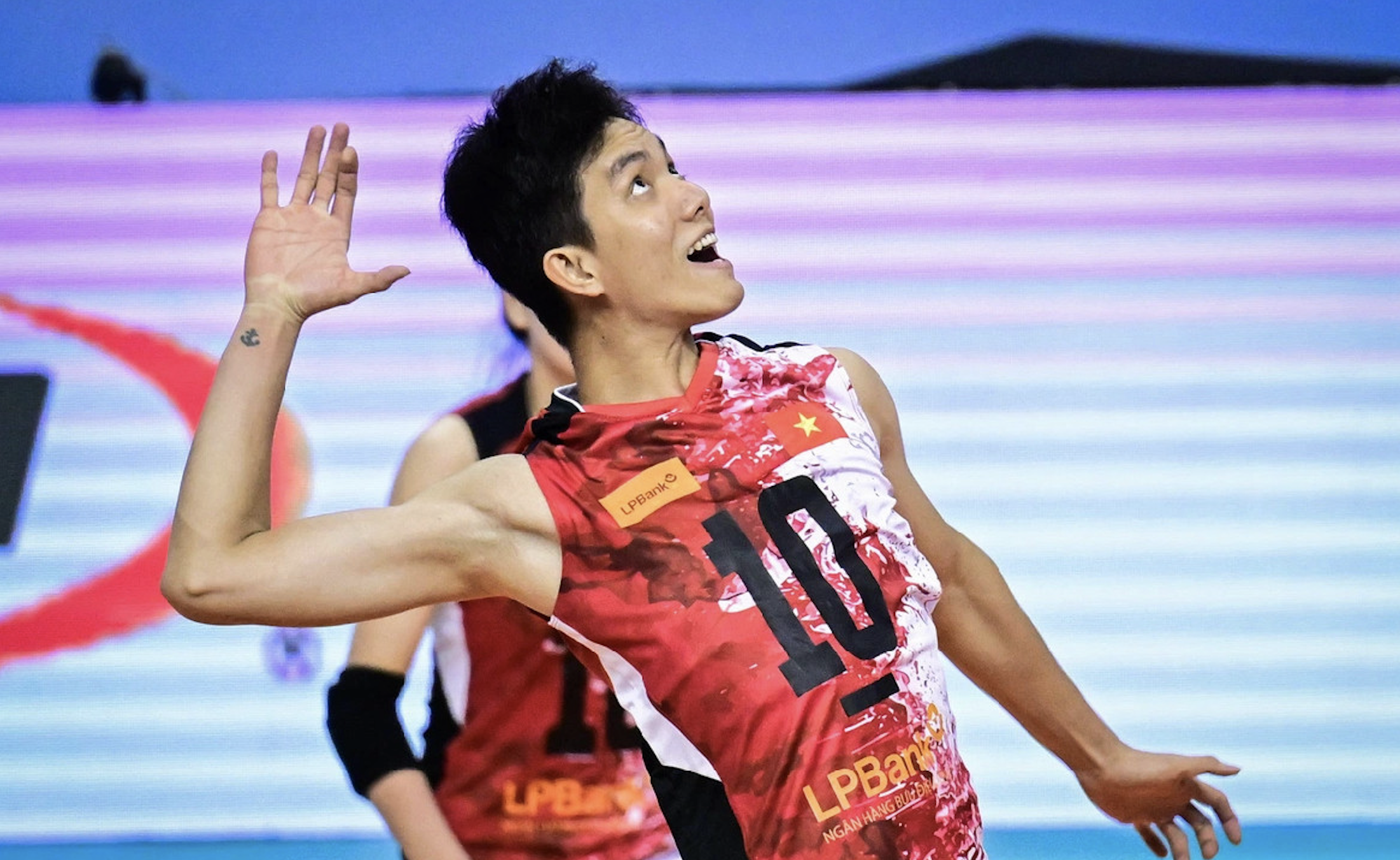
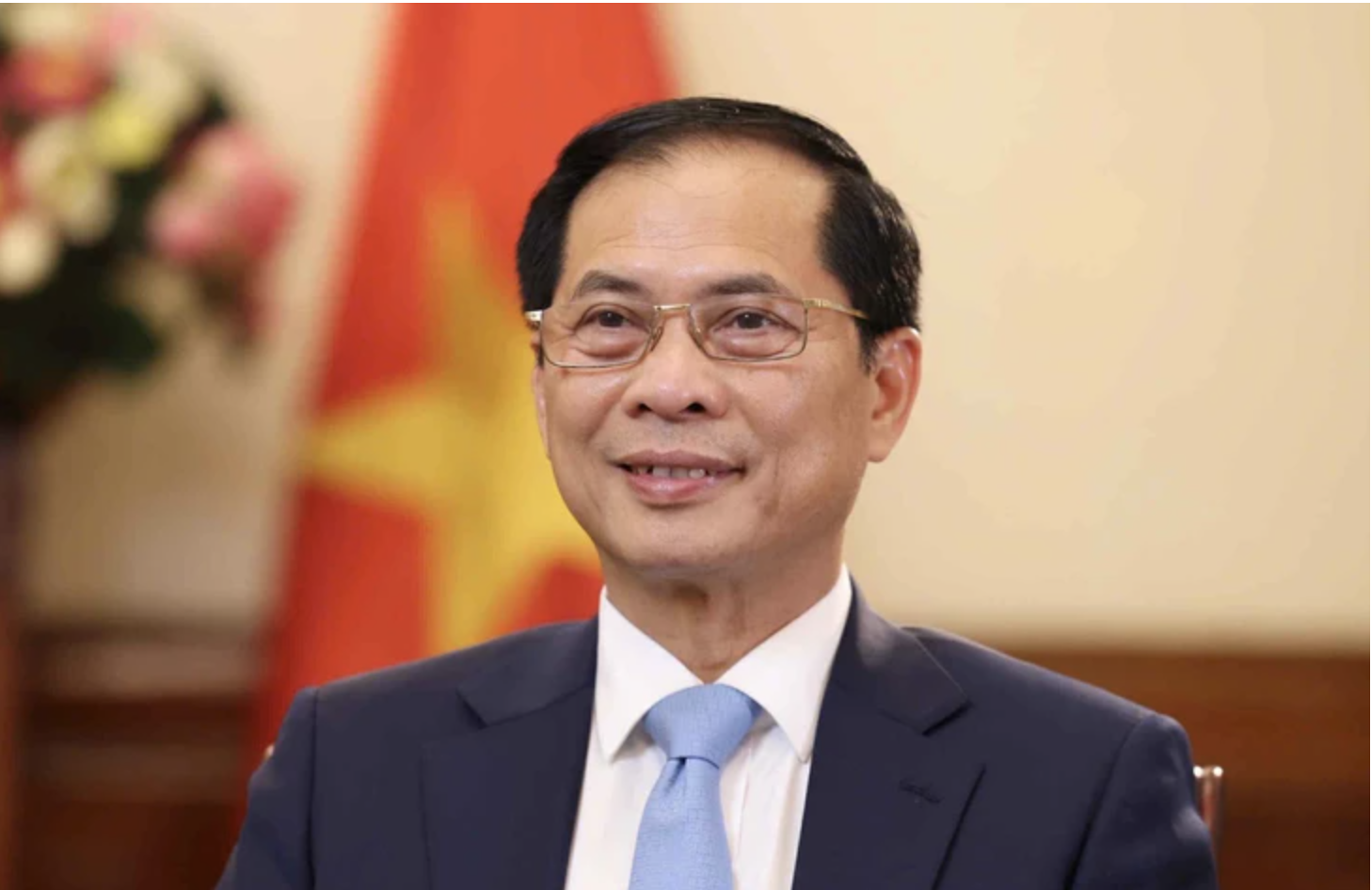
![[Photo] Politburo works with the Standing Committee of Hanoi Party Committee and Ho Chi Minh City Party Committee](https://vstatic.vietnam.vn/vietnam/resource/IMAGE/2025/8/21/4f3460337a6045e7847d50d38704355d)

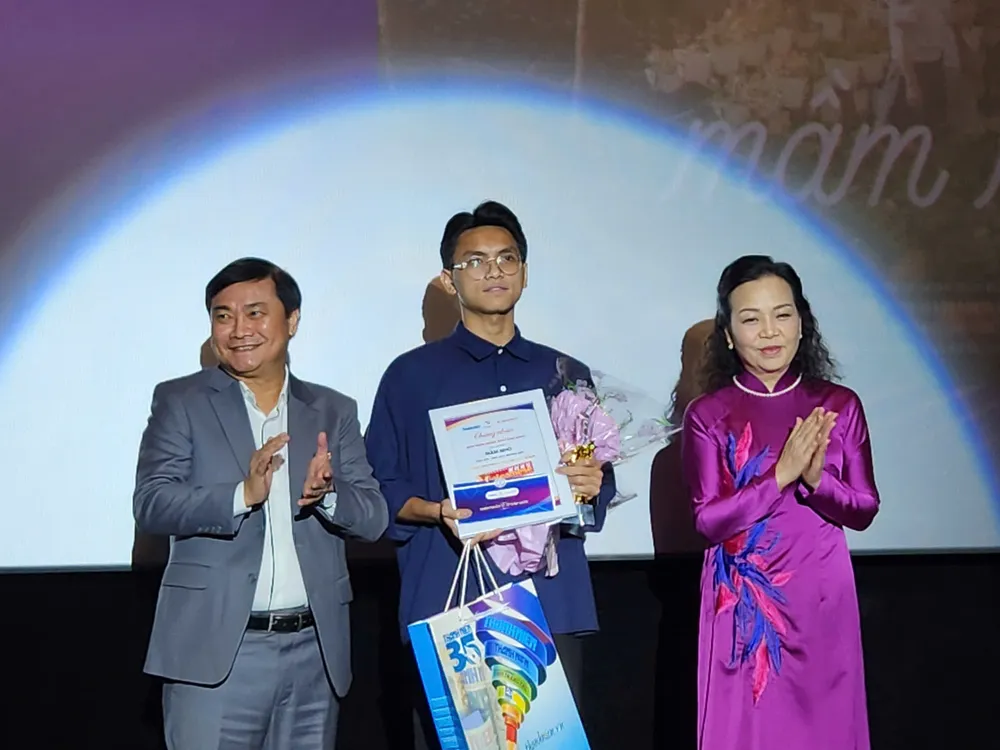
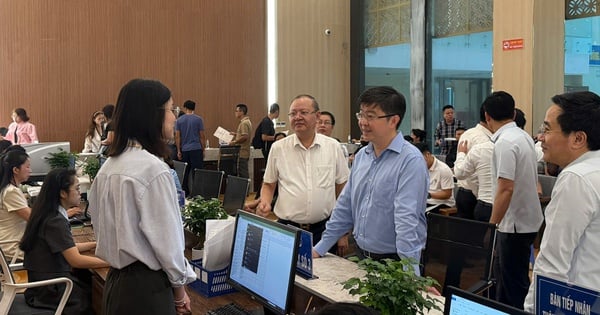

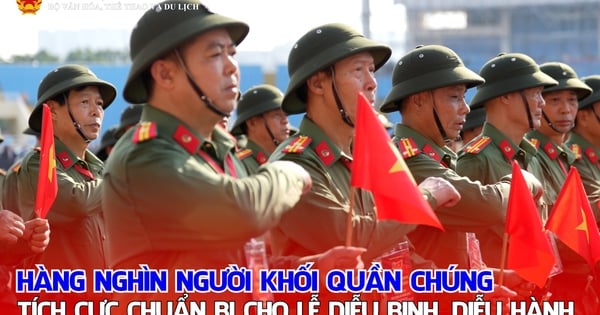


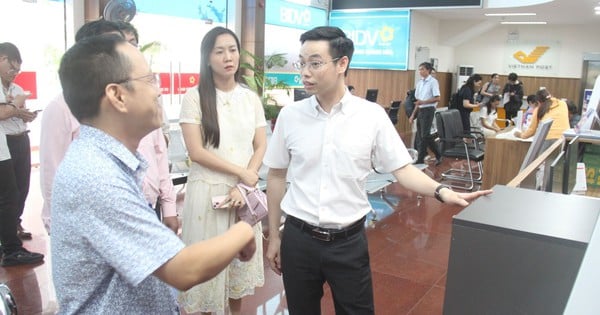
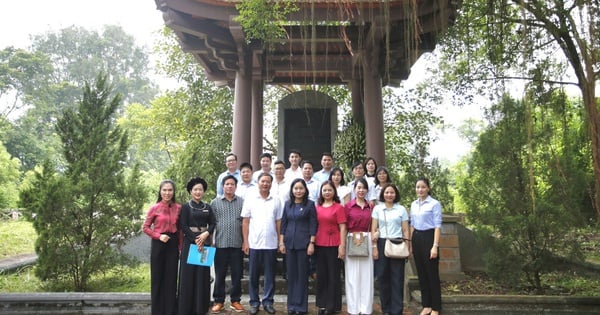
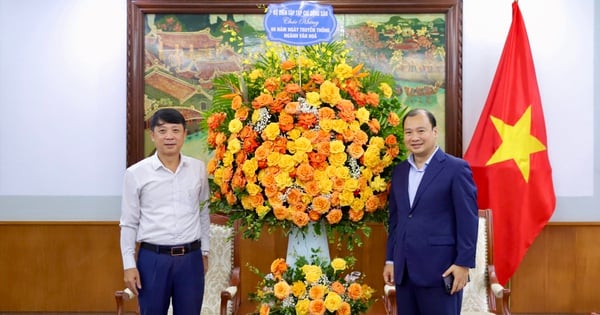







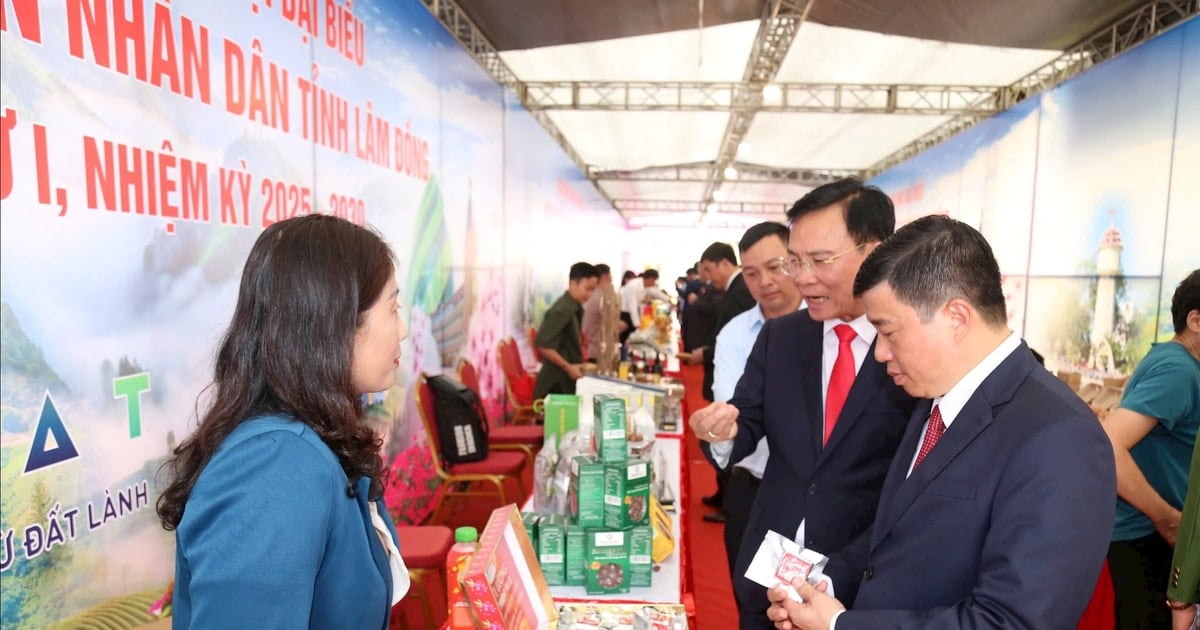

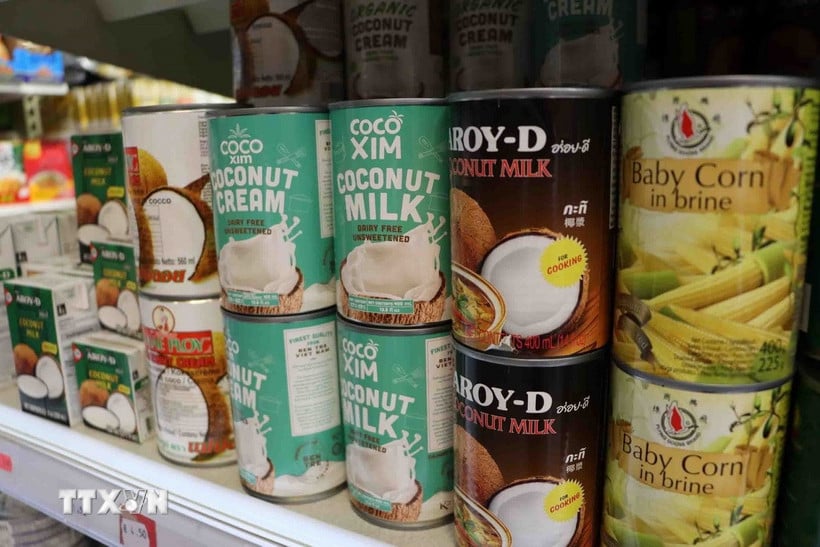


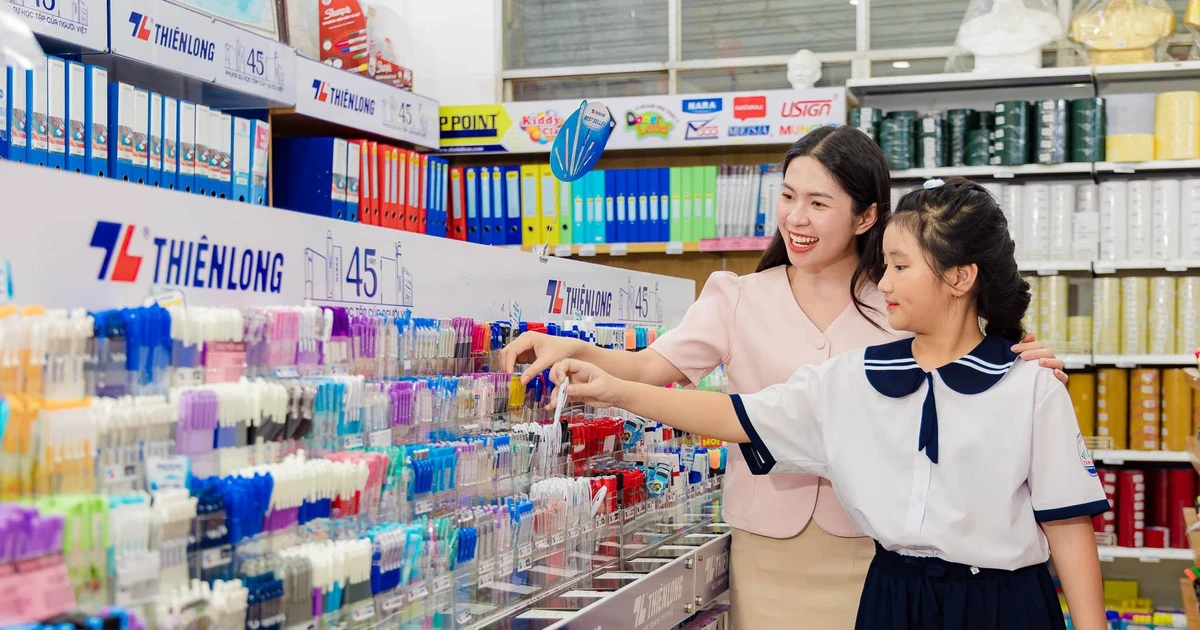

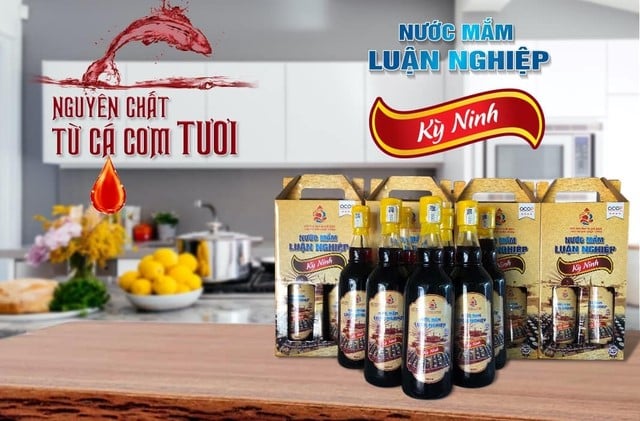

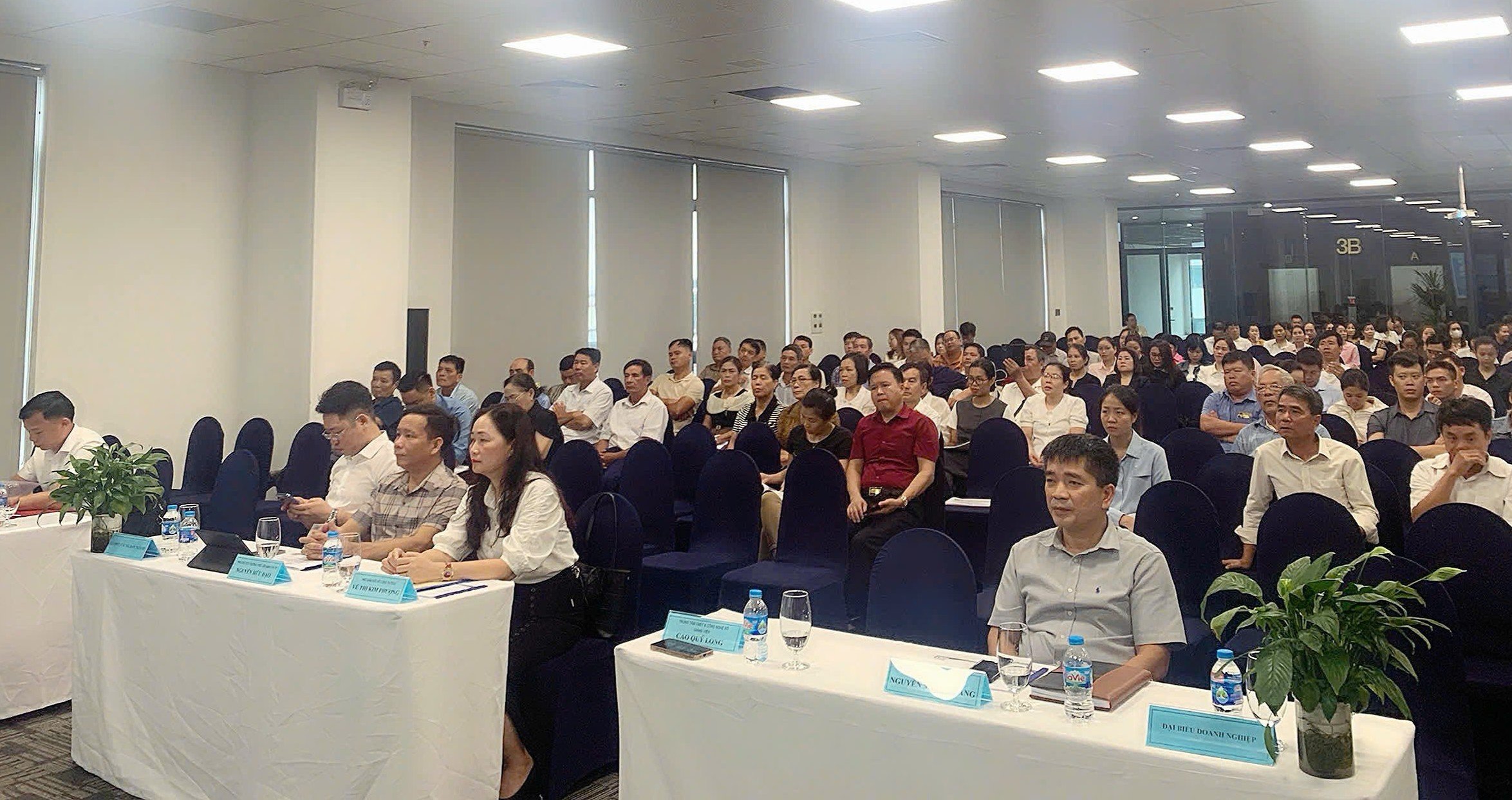






Comment (0)